Dicen que Sevilla no se puede explicar, que hay que vivirla porque tiene un alma única. Y puede que tengan razón, es una ciudad que te sorprende con mil rincones especiales y una mezcla de culturas peculiar. En este post me he propuesto intentar reflejar algunos de sus mayores encantos, aprovechando que en febrero pudimos visitarla después de muchos años y descubrir cómo esta ciudad milenaria ha conseguido renovarse y adaptarse a los nuevos tiempos sin perder carácter… ¿me acompañáis?

TIPO DE VIAJE
En pareja
Escapada
Por libre/ no organizado
Cultura, gastronomía y ocio

CUÁNDO
Estación: Invierno
Duración: 4 días
Fecha: Febrero
Clima: 15-20º

INFO ÚTIL
Idioma: Castellano
Moneda: Euro
Pago: efectivo, tarjeta
Cajeros: si
Transporte: tarjeta TUSSAM con posibilidad de recarga univiaje, multiviaje, tarjeta turística de 1 o 3 días y tarjeta especial aeropuerto.

CÓMO LLEGAR
En tren: estación Sevilla Santa Justa
En avión: Aeropuerto Internacional de Sevilla San Pablo, a 10 kms. de la ciudad
En autobús: Estación de Autobuses de la Plaza de Armas, con servicios metropolitanos, interurbanos, regionales, nacionales e internacionales
Moverse por Sevilla: Bus, Metro, Tranvía, servicio de bicicletas público, taxi
¿Por qué Sevilla?
Sevilla es uno de los principales destinos de Europa y una de las ciudades más visitadas en España por una peculiar mezcla de ingredientes que la hacen diferente y especial: el arte que se respira en sus calles, la pasión de sus gentes, su cultura e historia, su clima, su tapeo y gastronomía… todo confluye en una ciudad animada, vibrante, sorprendente, divertida y con infinitas posibilidades, seáis el tipo de viajero que seáis no os va a defraudar!
A nivel internacional es popular por su arte flamenco, su tradicional Semana Santa y procesiones, la colorida Feria de Abril y su escena taurina. Pero Sevilla es eso y mucho más, en este viaje he descubierto una ciudad llena de color, sabor y fusión donde lo tradicional se entremezcla orgánicamente con lo moderno y donde al pasear por sus calles descubres mucho más que monumentos e historia.

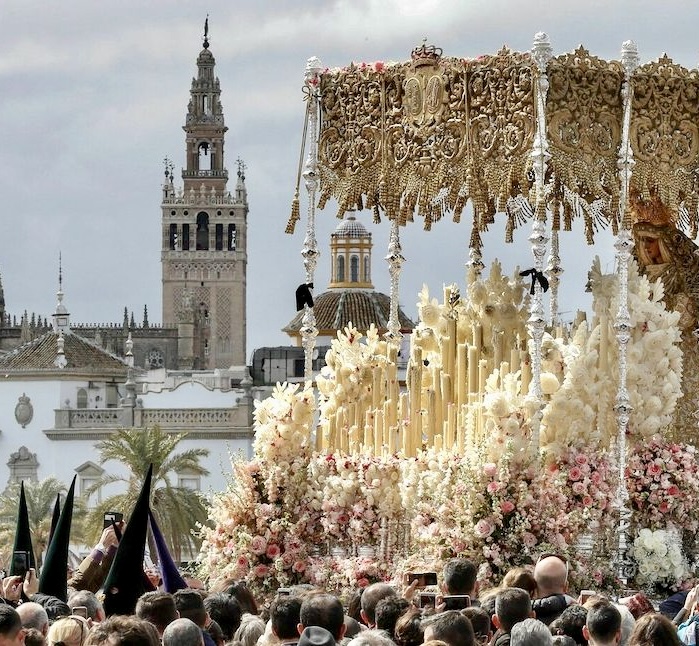
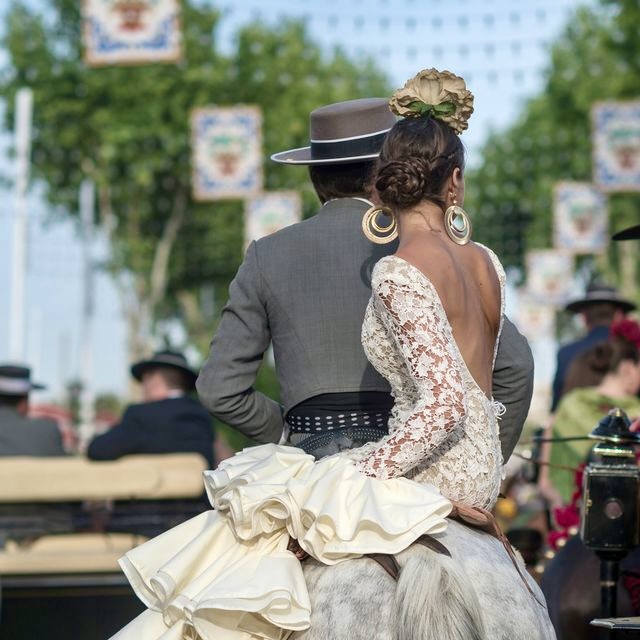
LA SEMANA SANTA y LA FERIA DE ABRIL
Son dos grandes eventos icónicos de Sevilla, pero también muy diferentes entre sí.
La Semana Santa se vive con un enorme fervor espiritual. Tiene lugar entre el Domingo de Ramos y el Domingo de Resurrección y durante esos días la ciudad se vuelca con decenas de cofradías que recorren sus calles al son del canto de las saetas. Vivir esta experiencia es una de las cosas que merece la pena hacer al menos una vez en la vida incluso – seáis o no devotos religiosos – por su espectacularidad y emoción: el silencio y devoción contenida, la luz de las velas, el olor a incienso, la intensidad de la multitudinaria “madrugá“… es algo único, místico e irrepetible, e incluso cada procesión se vive de manera distinta: por ejemplo en la del Cristo del Gran Poder se respira una gran solemnidad e introspección, mientras que en la de la Macarena desborda emoción. Si vuestra intención es estar en Sevilla durante la Semana Santa, os recomiendo que reservéis con mucha antelación vuestro viaje y planifiquéis bien a qué procesiones acudir.
La Feria de Abril, sin embargo, es un estallido de color y alegría. Una auténtica locura para divertirse, bailar, comer, beber y disfrutar. Los andaluces se concentran en el recinto ferial desde la noche del “alumbrao“ (que muchos viven incluso con más emoción que la noche de fin de año), cuando se encienden todas las luces de la feria para comenzar una semana de celebración non-stop en la que el pescado frito, el flamenco, las fiestas en las más de mil casetas del recinto, los farolillos y los coches de caballo son protagonistas. La feria se celebra desde el segundo domingo posterior a la Semana Santa hasta el sábado siguiente: este año se celebrará entre el 14 y el 20 de abril, con la famosa “cena del pescaito“ para inaugurarla el día 13. Si os animáis a ir a Sevilla en feria, tendréis que saber que muchas de las casetas son privadas y solo se puede acceder a ellas con invitación, pero también hay casetas públicas (casetas municipales y de sindicatos, solidarias y hasta una caseta específicamente dirigida al turista) donde disfrutar del animado ambiente, la música, el baile y la gastronomía andaluza.
Mejor época para viajar
En primavera es el momento en el que Sevilla está en pleno esplendor: no hace demasiado calor, la ciudad se llena del color de las flores y comienzan los grandes eventos más típicos de la ciudad (Semana Santa, Feria de Abril). Sin embargo, yo siempre he evitado estas grandes fechas señaladas por su masificación y porque prácticamente es imposible encontrar alojamiento o sitio para comer. Creo que es mucho mejor disfrutarla justo antes de que empiece la primavera (finales de febrero-marzo) o si no cuando el agobiante calor del verano empiece a remitir (alrededor del mes de octubre). En estas fechas podréis disfrutar mucho mejor de los paseos, tapear más tranquilos y tendréis más opciones para elegir tanto zona como tipo de alojamiento para vuestra estancia.
Cómo llegar
Sevilla es muy accesible tanto para los turistas nacionales como internacionales. Una de las formas más cómodas de llegar es en tren, hasta la Estación de Santa Justa, al contar con Alta Velocidad. Desde Madrid el trayecto dura tan solo dos horas y media, o desde Valencia unas cuatro horas. Muchos extranjeros optan por coger el tren en Madrid Atocha (conexión directa con el aeropuerto de Barajas) e incluir Sevilla dentro de su viaje a España por su accesibilidad.
El aeropuerto de Sevilla opera sobre todo vuelos nacionales, pero cada vez se van sumando más destinos internacionales (actualmente existen vuelos de conexión con Holanda, Alemania, Italia, Polonia, Irlanda, Reino Unido, Suecia, Suiza, Portugal, Francia, República Checa, Malta o Marruecos). Desde el aeropuerto de Sevilla hasta el centro de la ciudad solo hay 10 kms. y además del coche o el taxi existe una linea especial de autobuses que en 30 minutos llega a la Plaza de Armas por un coste de 4€ por persona.
Moverse por Sevilla
Aunque pasear sin rumbo fijo para mí siempre es la mejor manera de descubrir los entresijos de una ciudad, hay que destacar que Sevilla está muy bien comunicada por transporte público. Tenéis diferentes opciones y alternativas:
- Autobús urbano, con unas 50 líneas para recorrer la ciudad. El coste del billete sencillo es de 1,4€ y se compra en el mismo autobús, pero también existen tarjetas recargables y tarjetas turísticas de 1, 3 y 30 días.
- Metro: solo hay una línea que opera entre los municipios de Mairena de Aljarafe, San Juan de Aznalfarache, Sevilla y Dos Hermanas. Se divide en tres tramos/ tarifas o “saltos“ (0 saltos= 1,35€ el billete sencillo y 2,70€ ida y vuelta, 1 salto = 1,60€ sencillo y 3,20€ ida y vuelta, 2 saltos = 1,80€ sencillo y 3,60€ ida y vuelta), y también hay bonos de 1 día por 4,5€.
- Metro-centro/ tranvía: circula por el centro de la ciudad y por calles peatonales, tiene solo 5 paradas y sus tarifas/ abonos son los mismos que las de los autobuses.
- Bicicletas y patines eléctricos públicos: Sevici tiene abonos tanto semanales como anuales y la primera media hora de uso es gratuita. Voi alquila patinetes o bicicletas por 0,22€/ minuto.
- Finalmente, existen varias empresas de taxis con tarifas reguladas por el Ayuntamiento.
Alojamiento en Sevilla
La oferta de alojamiento en Sevilla es extensa y existen desde pensiones y hostales muy económicos hasta lujosos hoteles o pequeños alojamientos boutique con mucho carácter. Nosotros escogimos quedarnos en la zona de Nervión por su proximidad a la estación de tren, pero sin duda recomiendo el casco antiguo/ barrio de Santa Cruz o Triana como las mejores para poder ir a pie a casi todos los sitios de interés.

- CASCO ANTIGUO Y BARRIO DE SANTA CRUZ: alrededor de la Catedral y de la zona comercial tenéis buenas alternativas como el impresionante hotel boutique Casa del Poeta con su precioso patio andaluz para presupuestos más holgados o el Hostal Callejón del Agua o la Pensión Córdoba si son algo más ajustados.
- TRIANA: uno de los hoteles más lujosos de la zona es el Eurostars Torre Sevilla, pero hay alternativas de gama media y económica muy interesantes como el Hotel Monte Triana, el Hotel Zenit Sevilla o la Pensión Casa Pureza.
- NERVIÓN: la zona concentra buenos hoteles como el Meliá Lebreros o el Hotel Alcázar junto a los Jardines de Murillo.
- OTROS ALOJAMIENTOS CON ENCANTO: El Rey Moro Boutique Hotel, Joya del Casco Boutique Hotel, EME Catedral o Las Casas de la Judería.
- AIRBNBS EN SEVILLA: Villa Alfonso (hasta 14 personas), Loft (hasta 6 personas), Loft en una casa típica sevillana (2 personas).
Nuestro hotel
Nosotros nos alojamos en el Hesperia Sevilla porque buscábamos algo mas o menos cercano a Santa Justa. Estaba relativamente cerca del centro (unos 10-15 mins. caminando), pero también tenía una parada de metro justo en la puerta por si no nos apetecía ir andando. El hotel estaba recientemente reformado con un estilo muy colorido y moderno, y tenía terraza, piscina, acceso al gimnasio Metropolitan y un restaurante llamado Barbarita. Nos pareció bastante cómodo, la habitación era amplia y el buffet de desayuno muy completo, por lo que es un alojamiento bastante recomendable si no queréis alojaros en pleno centro de Sevilla. Como plus adicional, se encuentra situado junto al Centro Comercial Nervión Plaza y al lado hay varios bares de tapeo bastante interesantes que os comentaré un poco más abajo.
📍 Avenida Eduardo Dato 49, Sevilla
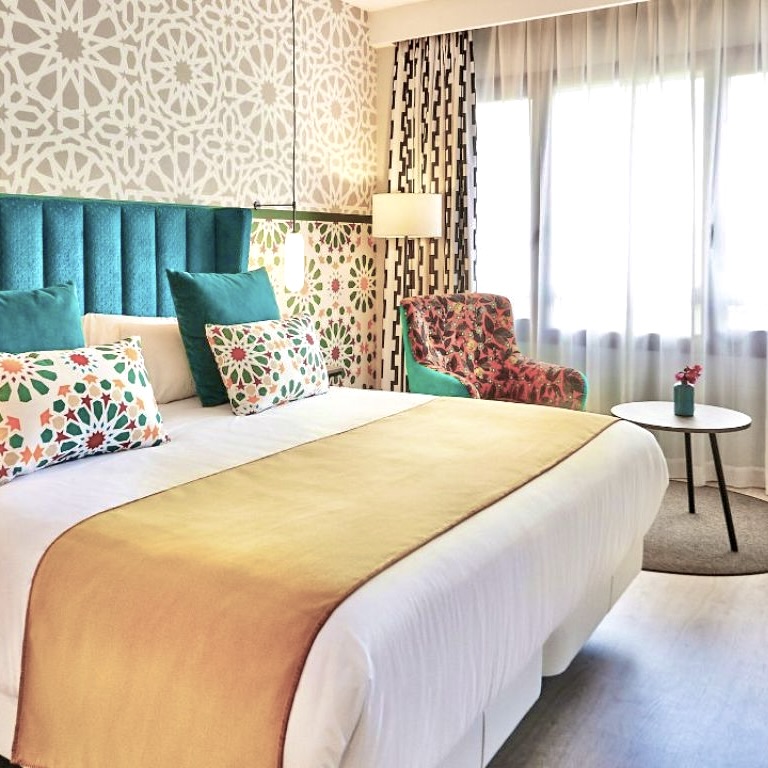

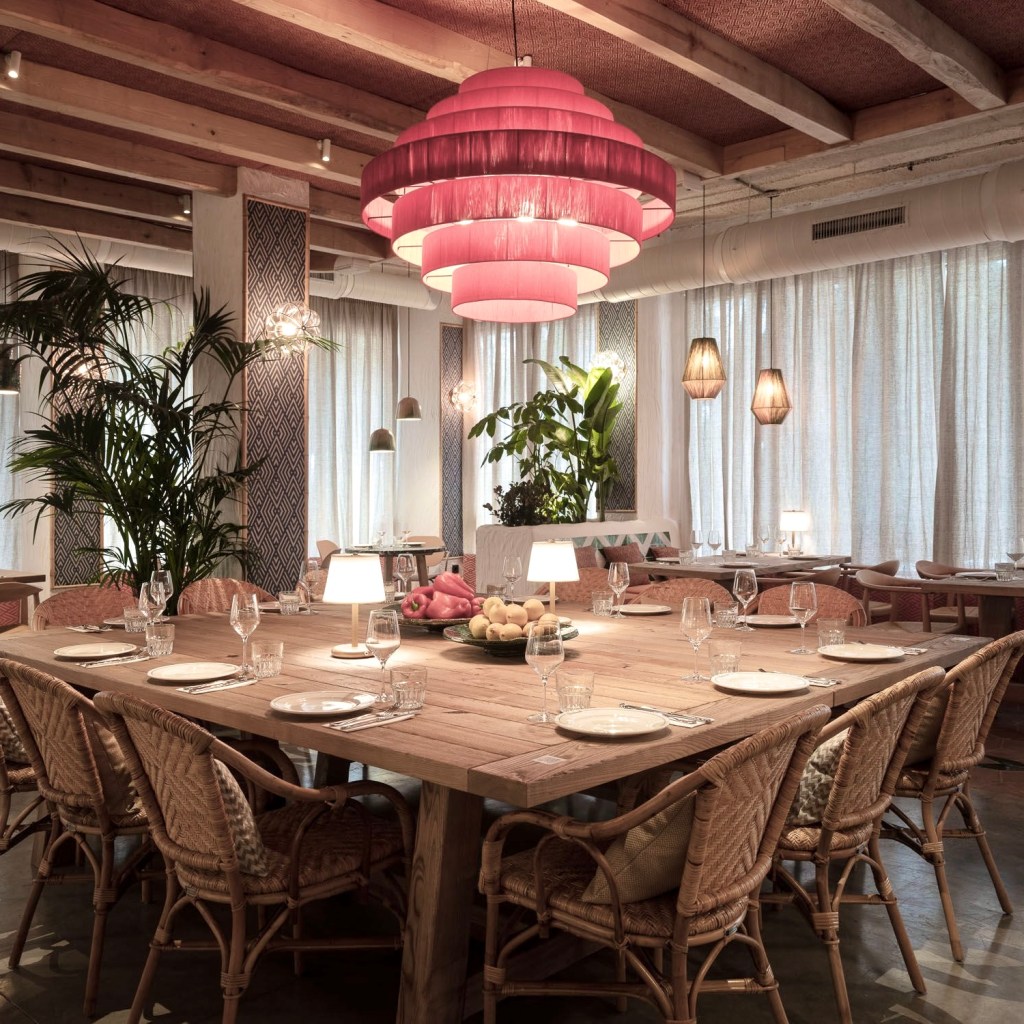
Qué ver en Sevilla – Ruta de 4 días
3 o 4 días son suficientes para conocer lo más importante de Sevilla y poder disfrutar también de su ocio y gastronomía. Os propongo una ruta para exprimirlos a tope:
Día 1: Centro histórico, Barrio de Santa Cruz y Plaza de España
Visitando la Catedral y la Giralda, el Real Alcázar, la Plaza del Cabildo, la judería y el Archivo de Indias para terminar dando un paseo por el Parque de Maria Luisa y ver la impresionante Plaza de España.
Día 2: Guadalquivir, Torre del Oro, Triana, Arenal y La Maestranza
Paseo junto al rio Guadalquivir (o tour en barco), subiendo a la Torre del Oro y cruzando el Puente de Isabel II hasta el Barrio de Triana, y después visitando el Barrio del Arenal con la Plaza de Toros de la Maestranza.
Día 3: Mirador de las Setas, la Macarena y Barrio de la Alameda
Subir al vanguardista Mirador de las Setas para tener una vista de 360º de la ciudad, visitar el Mercado de la Encarnación, pasar por el Palacio de las Dueñas, barrio de la Alameda y Parroquia de Santa María Macarena.
Día 4: Isla de la Cartuja o excursión a la ciudad románica de Itálica
Si disponéis de un día adicional, podéis cruzar a la Isla de la Cartuja y disfrutar de los diferentes edificios del parque o bien hacer una excursión a la antigua ciudad románica de Itálica (situada a menos de 10 kms. de Sevilla)
Centro histórico
El centro histórico tiene casi 4 kms. y la mejor manera de empezar a conocerlo es visitar su Catedral de estilo gótico, subiendo a la torre de la Giralda. De lunes a viernes de 14h a 15h la visita es gratuita, si no la entrada cuesta 12€. Al salir no olvidéis de pasar por la Plaza del Cabildo, uno de los lugares que más me gustaron en Sevilla: una plaza semicircular escondida frente a la catedral en la que se respira calma y paz. Finalmente, el Real Alcázar con palacios de diferentes épocas desde la almorávide hasta la gótica en el que destaca el Palacio Mudéjar(entrada 13€) y el Archivo de Indias a 1 minuto andando con las Capitulaciones de Santa Fé entre Cristobal Colón y los Reyes Católicos (entrada gratuita sin guía)
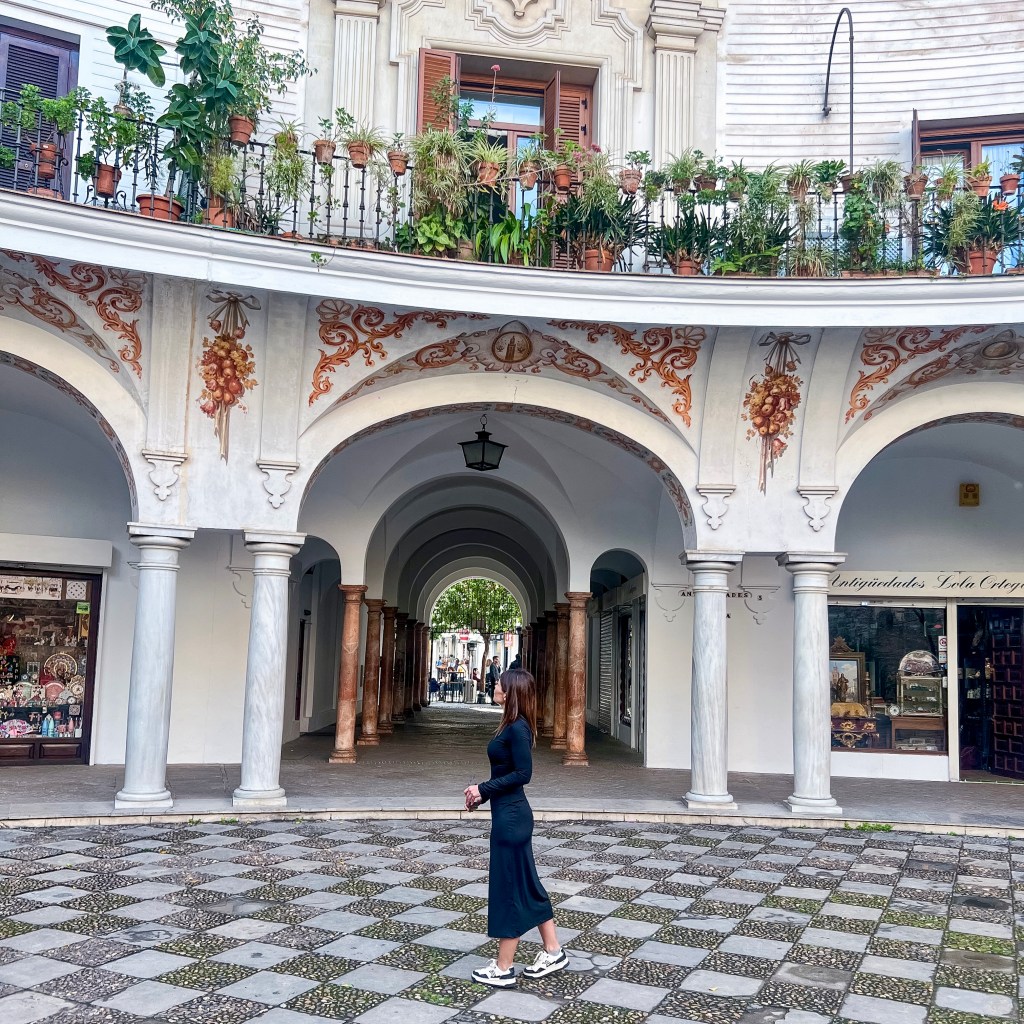
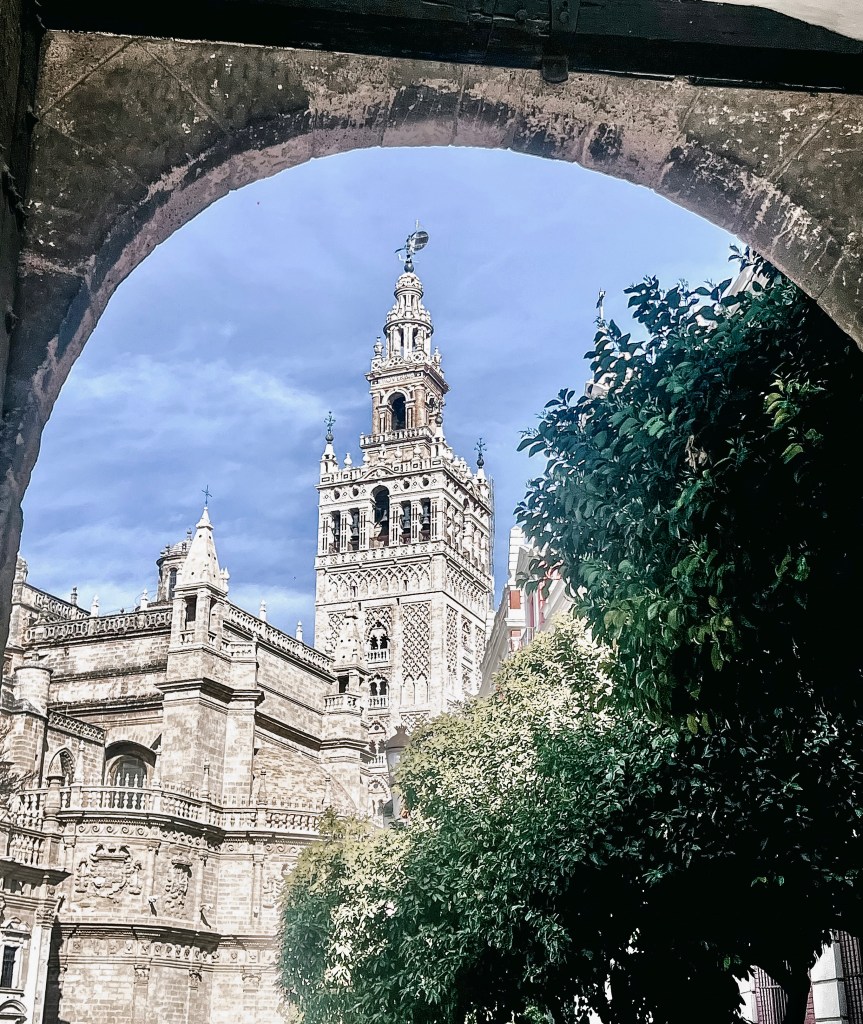
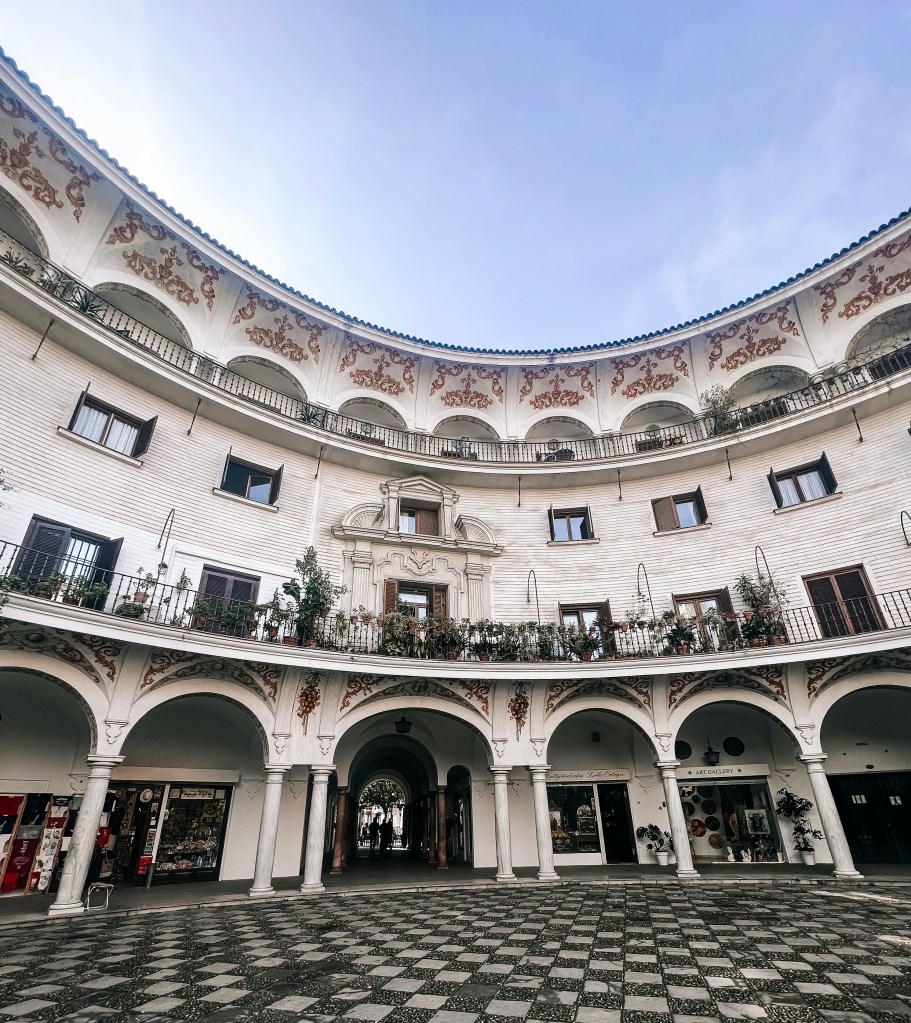
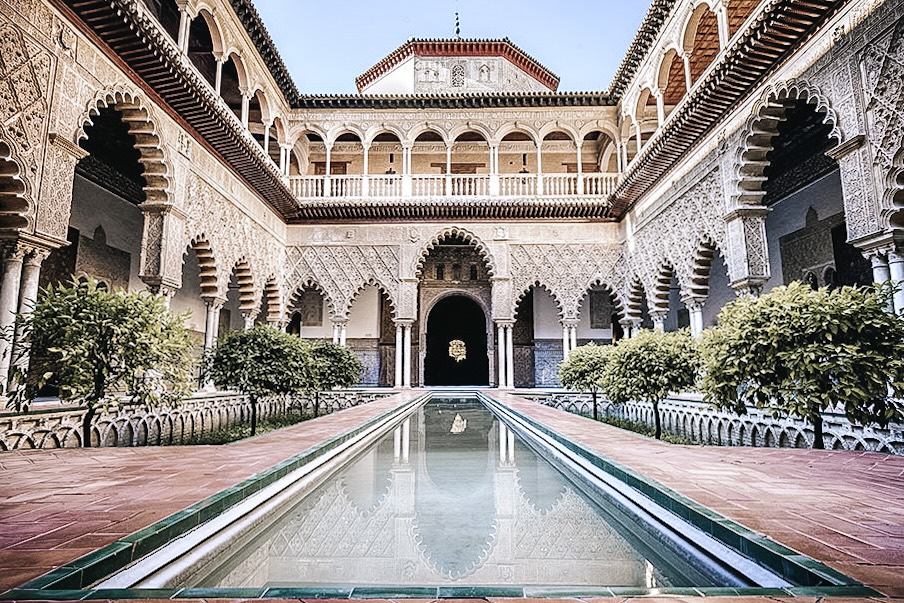

Parque de Maria Luisa y Plaza de España
El Parque de Maria Luisa es el pulmón verde de Sevilla, un recinto salpicado de jardines, estanques y hasta un monte (Monte Gurú). No lo vimos entero, pero es un agradable paréntesis para sentarse a la sombra y descansar. Tras recuperar fuerzas, el plato fuerte es la impresionante Plaza de España: una plaza de 50.000m2 y forma semi-elíptica recorrida por un canal que simboliza el abrazo de España a sus antiguos territorios americanos y que alrededor tiene unos icónicos bancos de cerámica que representan todas las provincias. Fuimos al atardecer y la luz era espectacular. Simplemente indispensable.
Rio Guadalquivir y Torre. del Oro
Pasear por la rivera del Guadalquivir o recorrer el río en barco con algún tour es otro plan muy recomendable en Sevilla. La ruta os terminará llevando hasta la Torre del Oro, otro de los grandes símbolos de la ciudad. La torre tiene unos 30 metros de altura y combina diferentes estilos arquitectónicos, almohades y cristianos. No olvidéis subir a su mirador para admirar las vistas del río y de la ciudad (3€ la entrada)


Barrio de Triana
Cruzando el Puente de Isabel II (conocido como Puente de Triana), llegaréis a este mítico barrio sevillano cuna de cantaores y bailaores. Os recomiendo dejaros llevar por sus calles (las más icónicas son las calles Rocío, Pureza, Betis y San Jacinto) y parar a tomar algo en alguno de sus bares y terrazas. Algunos sitios de interés en la zona son la Capillita del Carmen, el Centro de Cerámica, el Mercado de Triana, el callejón de la Inquisición o el Castillo de San Jorge, además de míticos sitios de tapeo como Las Golondrinas, María Trifulca, Blanca Paloma o la Albacería el Mercader de Triana.
Plaza de Toros de la Maestranza
En el barrio del Arenal, encontramos La mítica Maestranza, el coso taurino más antiguo de España y uno de los monumentos más visitados de la ciudad. Se puede entrar a la plaza por una entrada de 10€, pudiendo hacer el recorrido de los toreros en cada corrida, viendo el Patio de los Caballos, la Capilla de los toreros, ver la plaza desde el ruedo y visitar el museo. Toda la info aquí.
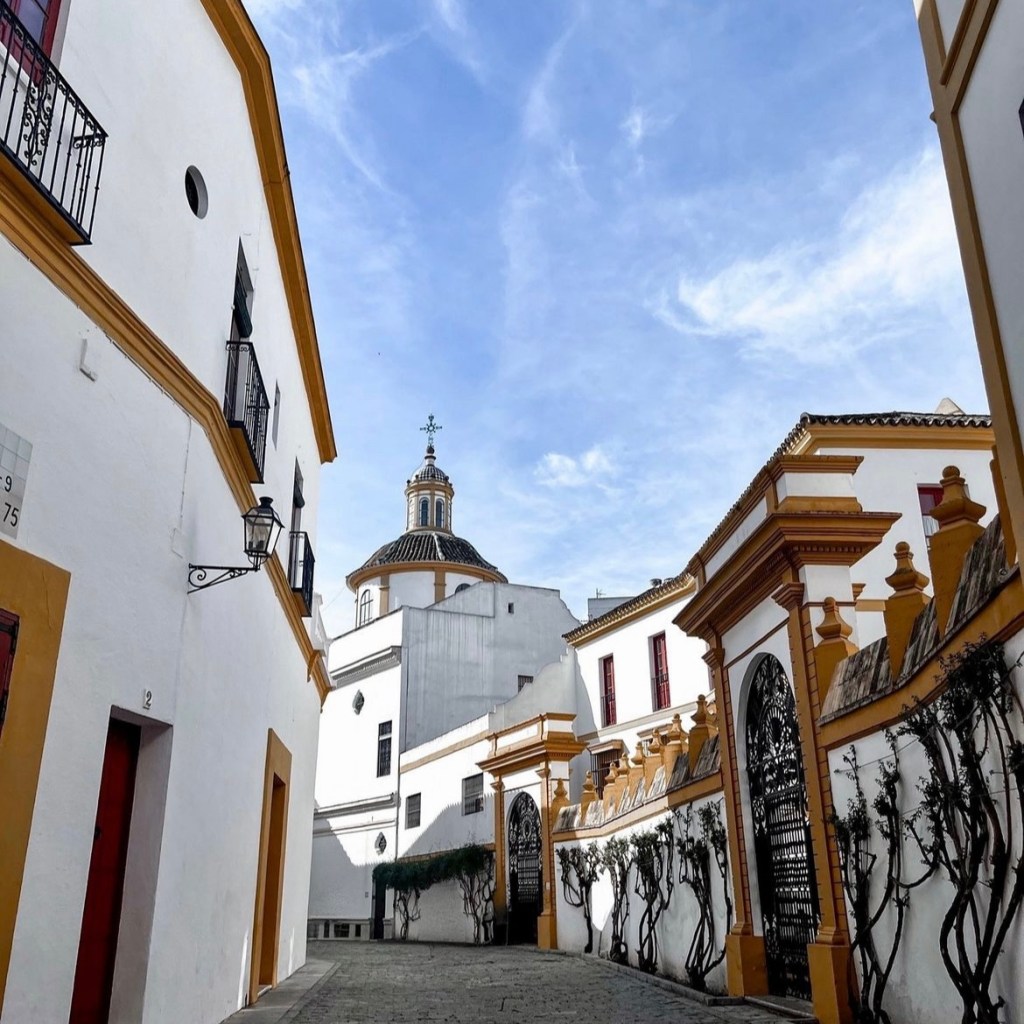
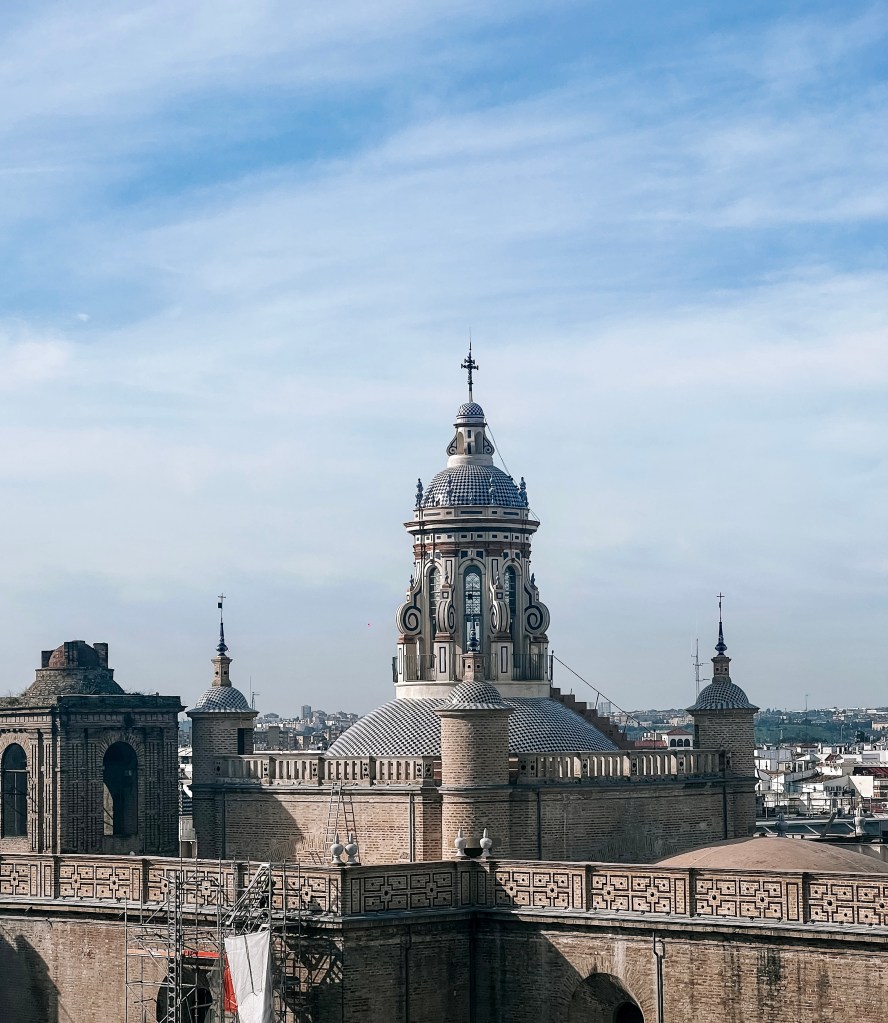
Mirador de las Setas y mercado de la Encarnación
Este sitio lo he conocido en este último viaje y la verdad es que impresiona. Se trata de una moderna estructura de madera de 5 alturas que termina en una planta mirador con una pasarela serpenteante con unas vistas de 360º de la ciudad. La estampa es curiosa al combinar una estructura de vanguardia con la estampa tradicional de Sevilla de fondo, destacando la cúpula de la Iglesia de la Anunciación y hasta el puente de la Cartuja a lo lejos, por lo que es un lugar muy fotogénico y visitado. Hay diferentes tarifas de entrada y experiencias, pero únicamente subir al mirador tiene un precio de 10€. Al terminar, podéis aprovechar para dar una vuelta por los animados puestos del mercado de la Encarnación.
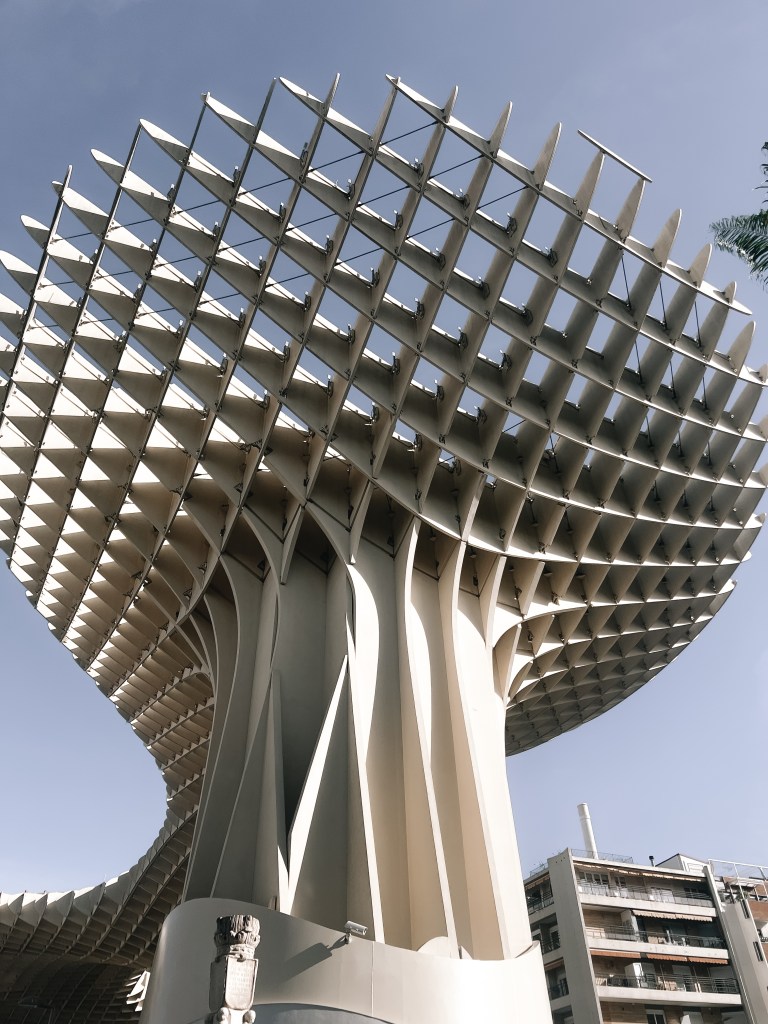
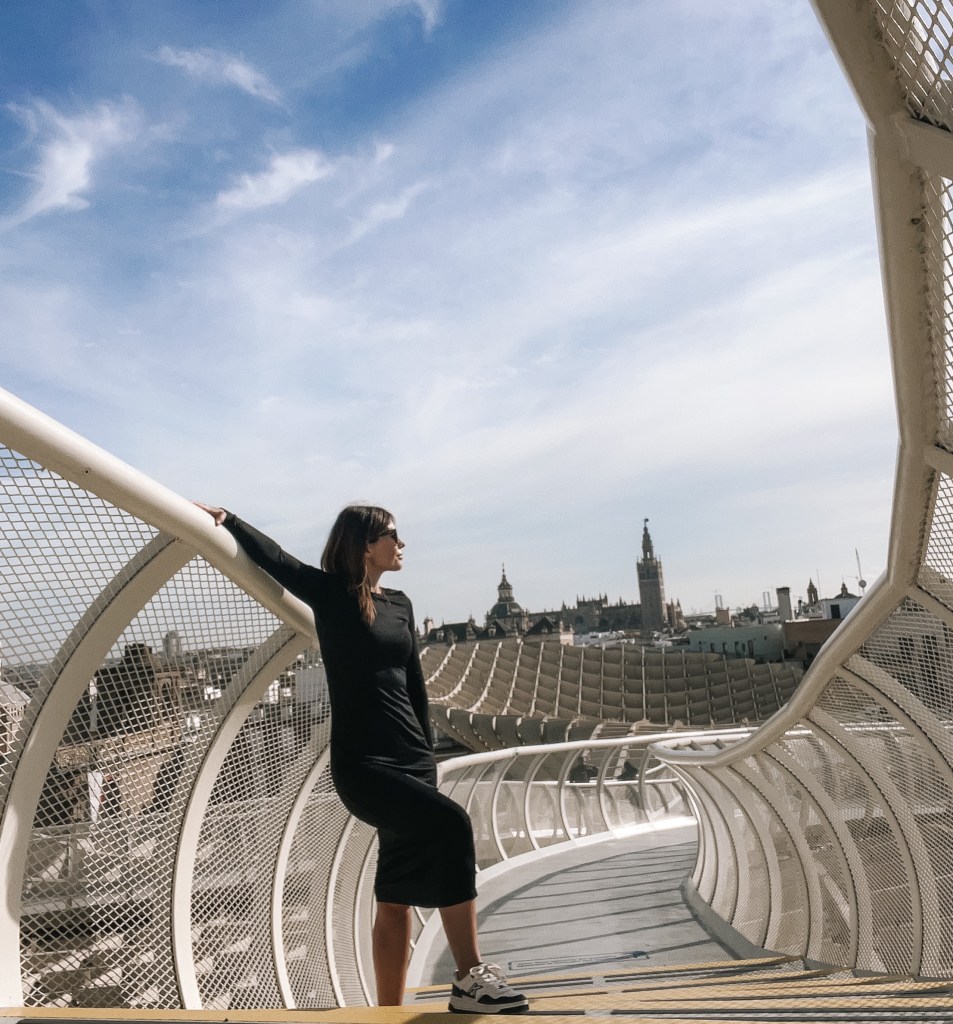

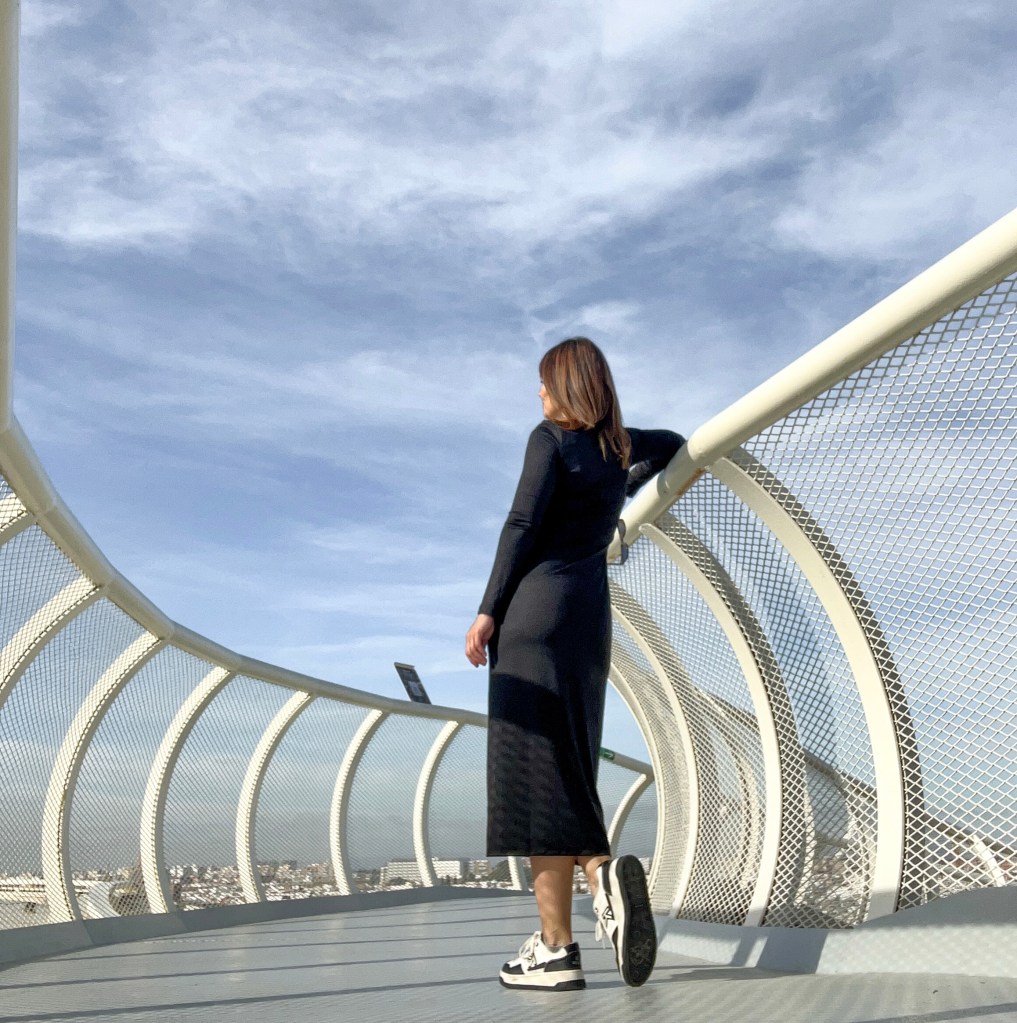

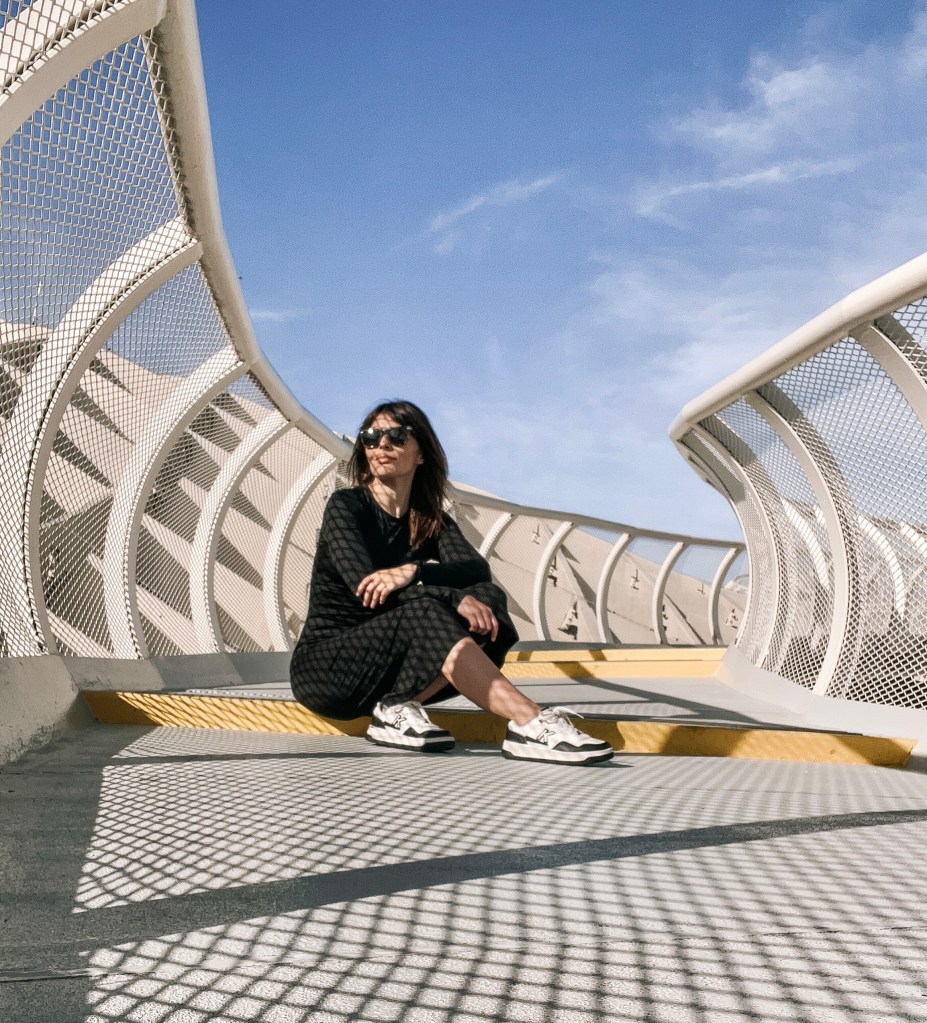
La Alameda, Palacio de las Dueñas y Parroquia Santa María de la Macarena
La Alameda es el barrio más bohemio y abierto de Sevilla, el barrio de moda en la ciudad. Su larga Avenida de Hércules es peatonal y ella destacan las dos famosas columnas de Julio César, traídas del yacimiento románico de Itálica, o la Casa de las Sirenas (palacete románico). Cercano a uno de los extremos de la Alameda encontramos el Palacio de Dueñas, perteneciente a la Casa de Alba, y justo en el extremo contrario llegamos al Barrio de la Macarena con su conocida Basílica de la Macarena que alberga la talla de la Macarena, una de las más veneradas de Sevilla.

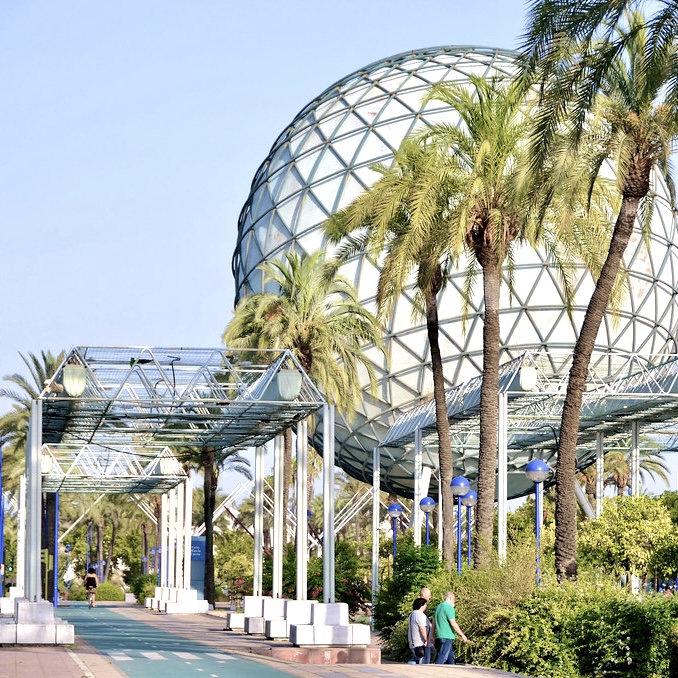
Isla de la Cartuja
La Cartuja fue sede de la Exposición Universal de 1992 y después se convirtió en Parque Científico-tecnológico. A día de hoy conserva algunos pabellones en buen estado (algunos muy fotogénicos como el de Kuwait, Marruecos, Europa o Chile), el Auditorio Rocío Jurado, el Estadio Olímpico, y cuenta con teatros como el Teatro Central y el Cartuja Center. También tiene un gran parque llamado El Alamillo. Hay varios puentes que comunican la isla con la ciudad y autobuses (C1 y C2) para llegar a ella. Una vez allí, puede verse la Torre Triana inspirada en el Castillo de San Ángelo de Roma, el Liceo Francés, el Rascacielos Torre Sevilla o Pelli o el Monasterio de la Cartuja.
Itálica
Si os apetece hacer una excursión, a unos 7kms. aproximadamente al norte de Sevilla está la antigua ciudad romana de Itálica fundada en el año 206 A.C. y es fácilmente accesible cogiendo el bus M 170-A que sale desde la Plaza de Armas. El lugar se ha vuelto aún más popular al ser uno de los escenarios de Juego de Tronos: su anfiteatro ayudó a recrear el Pozo de Dragones de Desembarco del Rey. Existen visitas guiadas por un precio de 21€ (sin transporte) y 39€ con transporte. Más info aquí.
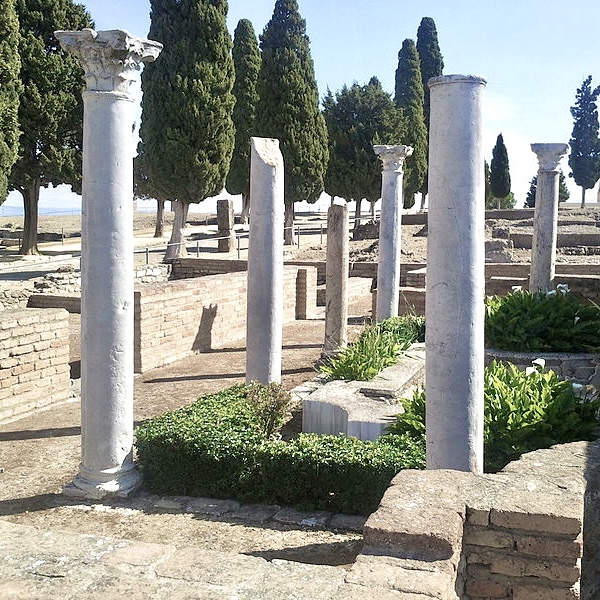
Comer en Sevilla
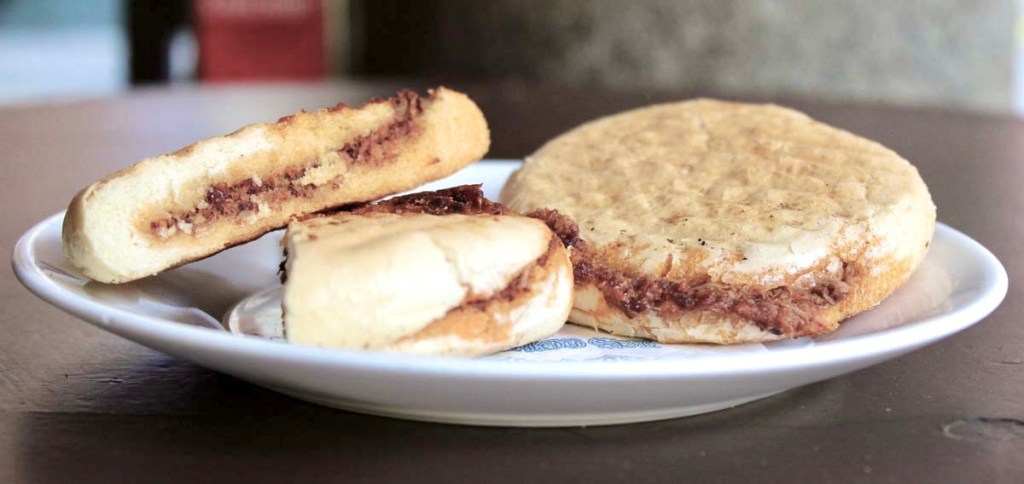
Disfrutar del tapeo sevillano es un must casi tan importante – o más 😜 – que la visita a cualquiera de los monumentos de la ciudad. Salir de tapas es obligatorio y experimentar la arraigada cultura del tapeo en sus bares y tabernas es una de las mejores experiencias del viaje, tanto a nivel gastronómico como social (es un momento super animado, divertido y una excelente manera de conocer las costumbres locales). Los sitios para tapear son infinitos y no cabrían en un único post, pero sí puedo hablaros de los más TOP en cada especialidad para que podáis escoger vuestra ruta más interesante para tapear y un poco más abajo hablaros de los que más nos gustaron:
LAS TAPAS MÁS POPULARES Y DÓNDE TOMARLAS:
- Piripi (montadito con queso, bacon, filete de lomo, tomate y mayonesa): Bodeguita Antonio Romero.
- Pringá: Bodeguita Romero, Bodega Santa Cruz Las Columnas.
- Garbanzos con espinacas: El Rinconcillo.
- Jamón: Casa Román.
- Bacalao: pavías de bacalao de Casa Oliva o del Rinconcillo, tortillitas de bacalao del Café Bar Huerta San Gregorio, Bodega Dos de Mayo.
- Cazón en adobo: Blanco Cerrillo, Freiduría del Arenal.
- Flamenquín: Bar Santa Marta, Casa Ricardo.
- Ensaladilla: La Alicantina, Bodega Santa Cruz Las Columnas, Bar Becerrita.
- Croquetas: Casa Ricardo.
- Champiñones con ali oli: La Golondrina.
- Frituras de pescado: Freiduría Puerta de la Carne.
- Chicharrones: Casa Morales, Bodega Díaz-Salazar, Taberna Álvaro Peregil.
- Caracoles: Cervecería Pepe Cruz “Casa Pepito“, Casa Diego, El Tremendo.
- Boquerones adobados: Blanco Cerrillo.
- Salmorejo: Casa Morales.
- Solomillo al whisky: Bar Rioja, Bar la Encina.
RUTAS DE TAPAS POR SEVILLA
Centro histórico: Bodeguita Antonio Romero, Casa Morales, Cervecería La Giralda, Bodega Santa Cruz, El Pimentón, Bar Alfalfa.
La Alameda: El Rinconcillo, La Antigua Bodeguita, La Cacharrería, Abacería La Caleta, Casa Ricardo, Mercado de la Calle Feria.
Triana: Mercado de Triana, Bar Cibeles II, Las Cuevas, Las Golondrinas, Blanca Paloma, Casa Diego, Abacería El Mercader de Triana, Bar Triana.
Nervión: Bar Coli, Las Rehoyas, Taberna Blanco Martín, Carlos Alberto.
Nuestros sitios favoritos para comer en Sevilla
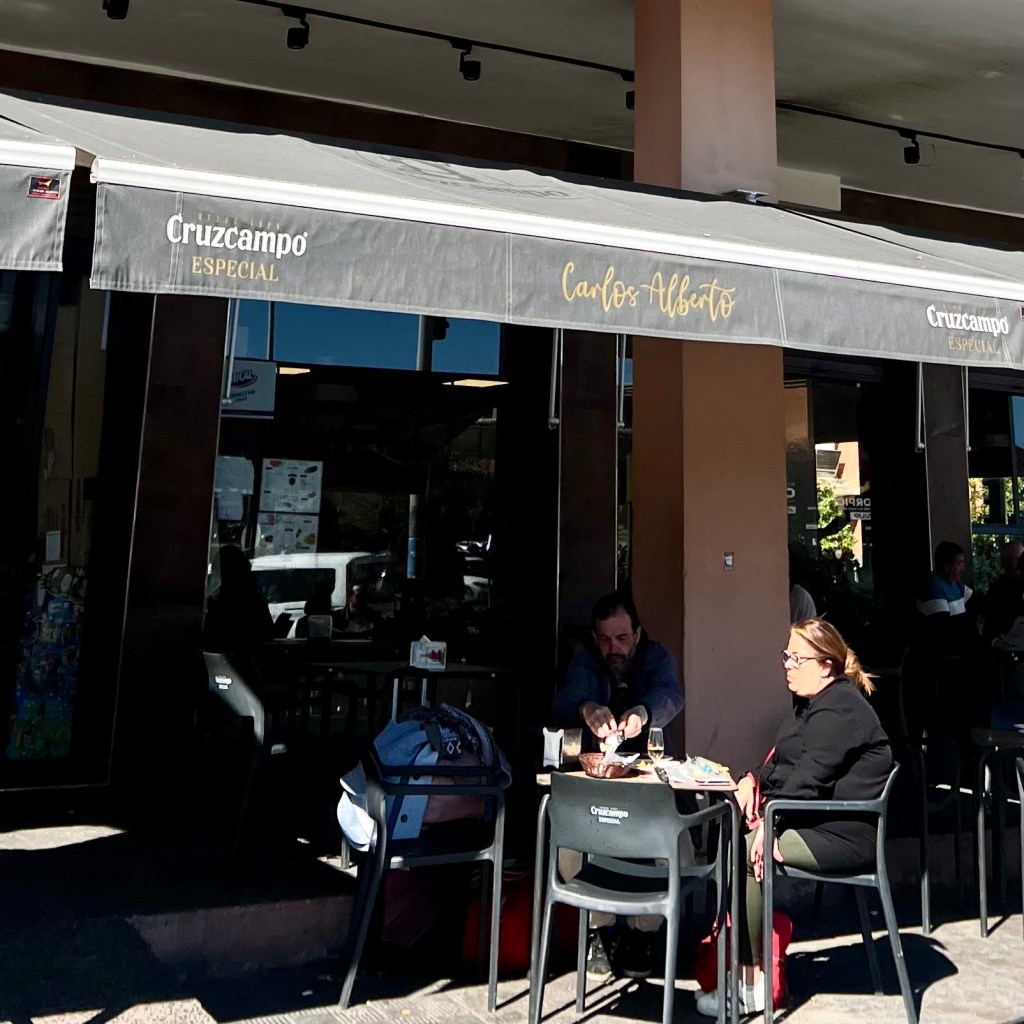
Por más que visitemos Sevilla y probemos nuevos sitios, este será siempre EL MEJOR BAR DE TAPAS DE SEVILLA para nosotros. Situado frente la estación de Santa Justa es parada obligatoria tanto al llegar como al irse de la ciudad. Todo lo que tienen es increíble, la carne mechada, las las gambas, las lagrimitas, el salmorejo, los serranitos… pero si hubiera que quedarse con algo sin duda sería el solomillo al whisky… probadlo y me decís! 😉
📍 Avenida José Laguillo, 30
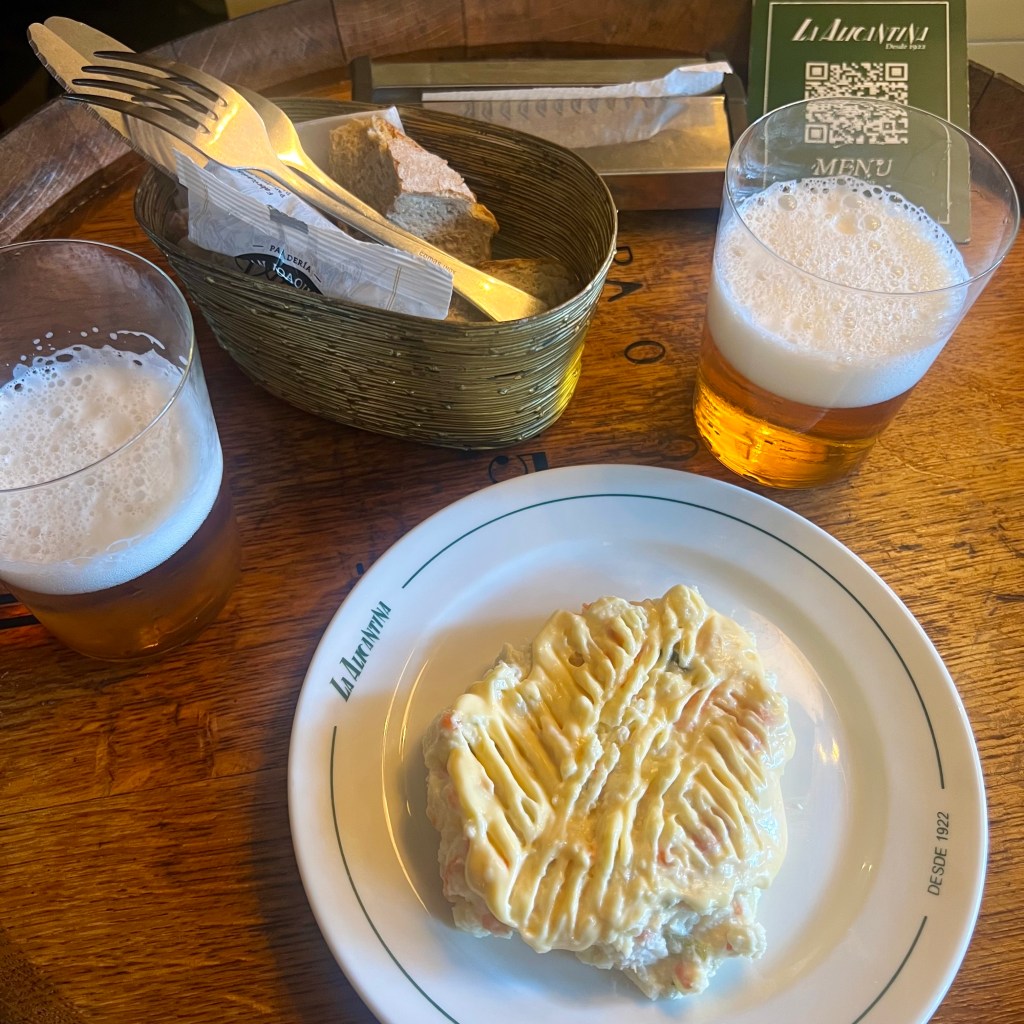
Un lugar clásico, animado y familiar en el que una de las especialidades es la ensaladilla rusa, nosotros probamos una tapa junto aun par de cervezas bien frías y nos encantó.
📍 Plaza del Salvador, 2
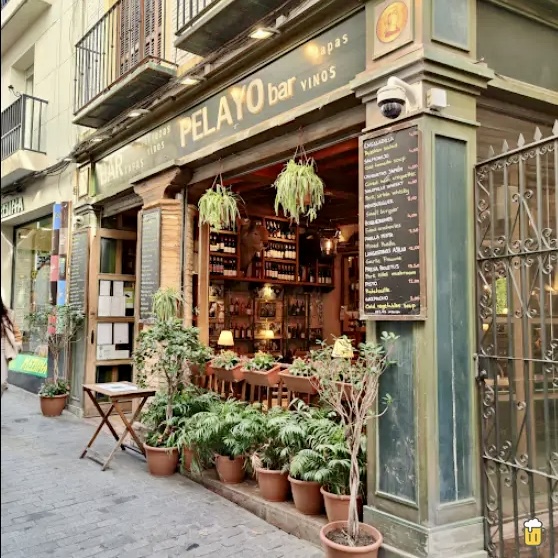
Este precioso bar con encanto cercano a la Catedral y con vistas a la Giralda llama la atención por su jardín vertical y su ventanal lleno de plantas. En el interior tiene varios salones, uno de ellos decorado con imágenes de tebeos populares españoles y su cocina original/ de autor incluye tapas como las anchoas del cantábrico con pipirrana de aguacate, hamburguesitas de ternera, falafel con hummus…
📍 Calle de Placentines, 25

Justo enfrente de la Plaza de Toros de la Maestranza en el barrio del Arenal, este bar restaurante con solera decorado entre lo taurino y lo chic es uno de nuestros grandes clásicos de siempre: os costará elegir entre su carrillera, los flamenquines, la tortilla al whisky, el solomillo al Pepe Hillo…
📍 Calle Adriano, 24

Esta abacería es perfecta para hacer un alto en el camino por Triana y disfrutar de una cerveza fresca o un vino acompañados de algunas de sus tapas que van desde lo más sencillo hasta lo gourmet: conservas de calidad, chacinas, huevos a baja temperatura, entraña… eso sí, con raciones algo más pequeñas que lo habitual.
📍 Calle Antillano Campos, 15
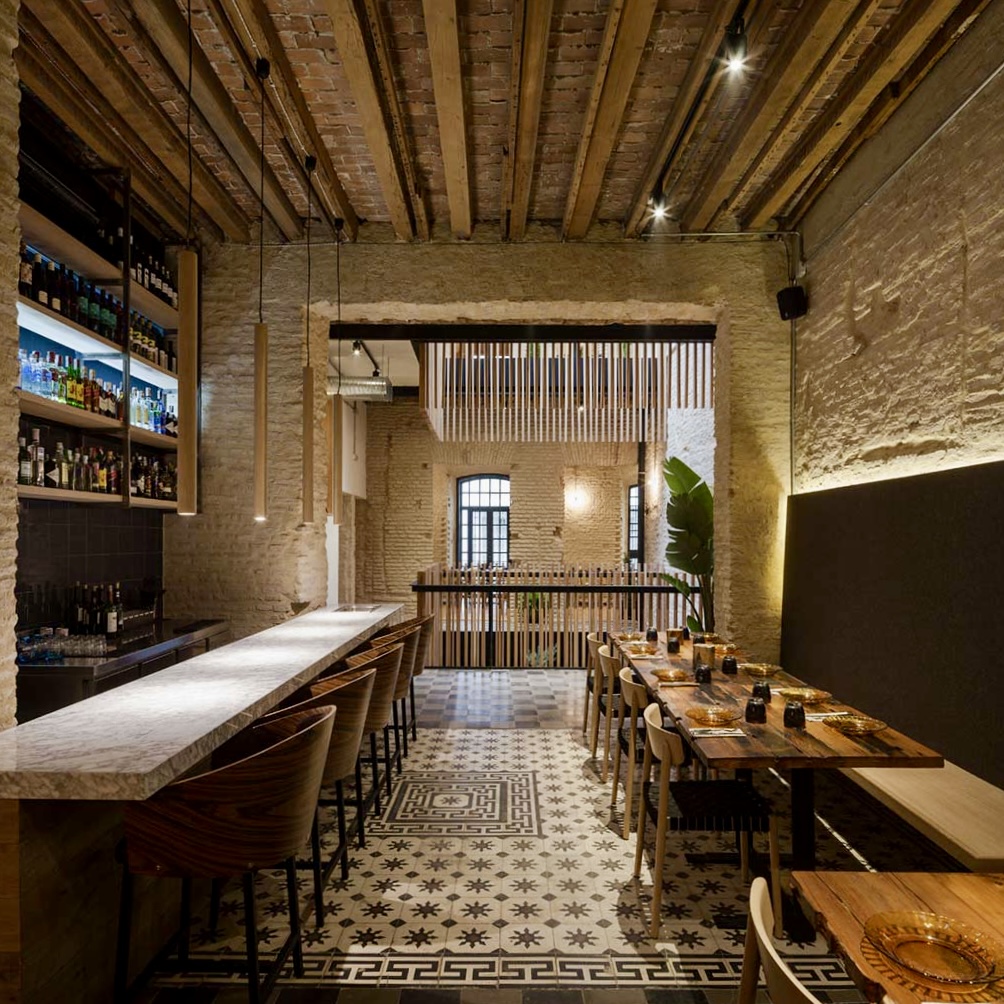
Este bar restaurante en el casco antiguo es ideal para el picoteo y en su carta encontraréis un poco de todo, incluyendo tapas originales o de cocina internacional. Su decoración moderna e industrial y la orientación de sus platos le convierten en una alternativa al típico bar de tapas tradicional.
📍 Calle Arguijo, 3
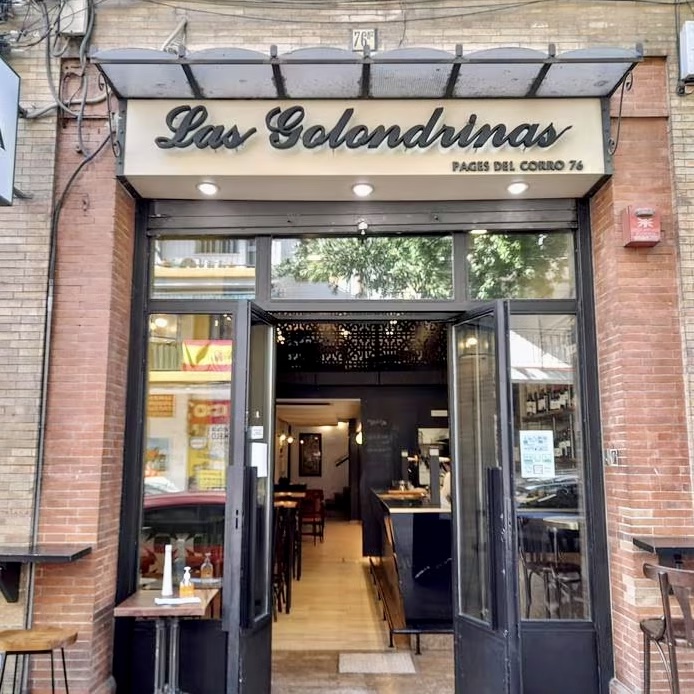
En el barrio de Triana, este popular bar de tapeo con salón decorado con azulejos destaca por su caballito de jamón (una loncha de jamón a la plancha sobre pan frito).
📍 Calle Antillano Campos, 26
Ocio en Sevilla
Entre tapa y tapa seguramente os apetezca sentaros tranquilamente en una terraza, tomar un cocktail, relajaros en un spa o disfrutar del arte flamenco… aquí mis recomendaciones para disfrutar del mejor ocio en la ciudad:
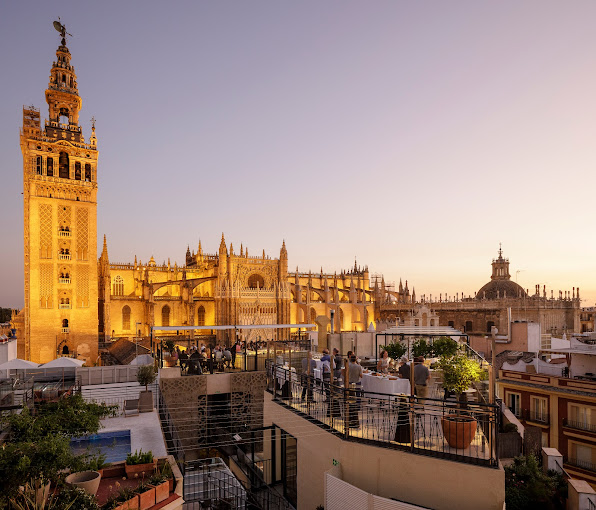
Si buscáis una terraza con una buena panorámica de Sevilla y buen ambiente, la del EME es una de las mejores. Podréis tomar algo disfrutando de la Giralda frente a vosotros, ver el atardecer y alargar el tiempo hasta la noche, tomando alguno de sus cocktails.
📍 Calle Alemanes, 27
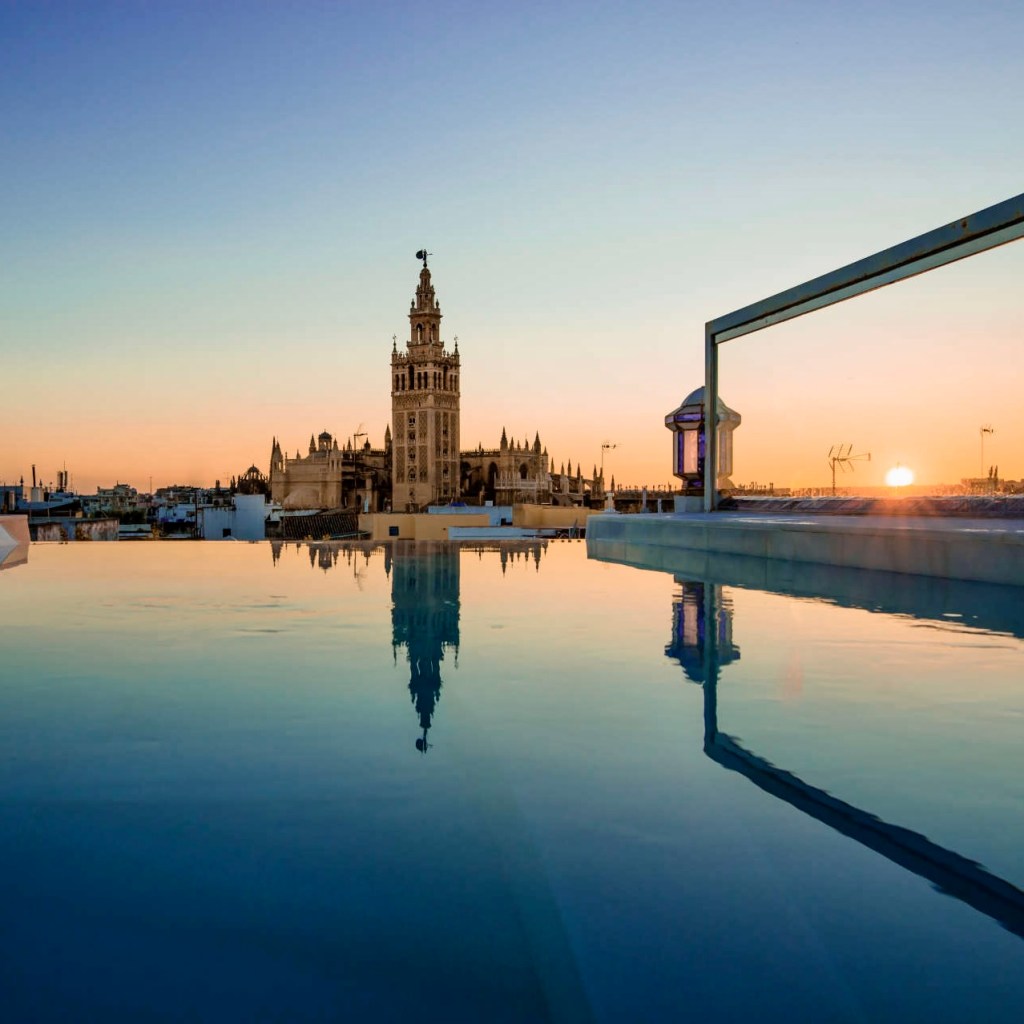
Un lugar precioso para relajarse haciendo alguno de sus circuitos termales, disfrutando de un masaje o simplemente disfrutando de las vistas de Sevilla desde la piscina de su azotea en una casa palacio de estilo mudejar en pleno barrio de Santa Cruz.
📍 Calle Aire, 15

Visitar los mercados es la mejor manera de conocer las ciudades, y Sevilla cuenta con varios muy animados y en los que además de comprar se puede socializar y tapear. Los cinco más importantes son el de Triana (justo al cruzar el puente), el de la Calle Feria, el de la Lonja del Barranco, el Mercado del Arenal junto a la Plaza de Toros y el moderno Mercado de la Encarnación en Las Setas.
📍 TRIANA: C/San Jorge, 6 📍 FERIA: C/Feria s/n 📍 LONJA DEL BARRANCO: C/Arjona s/n 📍 ENCARNACIÓN: Plaza de la Encarnación s/n

Otra azotea con vistas para disfrutar Sevilla desde las alturas. Suelen hacer conciertos de flamenco y se puede reservar mesa por 15€ con 1 consumición incluida para disfrutarlos.
📍 Calle Segovias, 6

Si os gusta el flamenco, el Tablao Baraka es uno de los más populares y ofrece un espectáculo tradicional con guitarra, cante y baile en el barrio de Triana por 27€ con una bebida, y almuerzo (13h) o cena (19h y 21h) opcional. El show dura 60 mins. al medio día y 90 mins. por la tarde-noche.
📍 Calle Pureza, 107

Un sitio único a las orillas del Guadalquivir para tomar una copa o un cocktail en su terraza al aire libre al ritmo de música R&B y Hip Hop.
📍 Paseo de las Delicias, 3

Un lugar relajante y muy bien decorado para el tardeo sevillano y para tomar algo o comer tapas premium o a la brasa. Tienen una experiencia de tapeo creativo llamado “Sevilla en una caja“ que emula un paseo de Sevilla a través de 6 tapas acompañadas de 2 cocktails “Galán“, por 40€ por personal
📍 Plaza de la Magdalena, 5
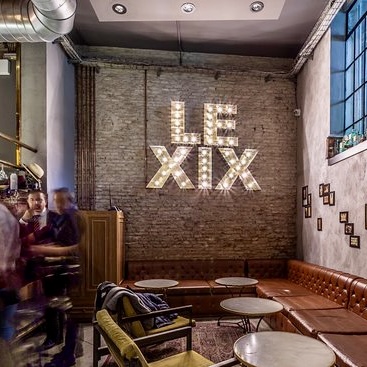
En esta coctelería dicen que no sirven cocktails, sino que cuentan historias. Hay buen ambiente y buena música, intentando recrear el vibe de los speakeasies clandestinos de Chicago, aderezados con coktails de autor, tartas artesanas y cafés de extracción barista.
📍 Calle Tomás de Ibarra, 9
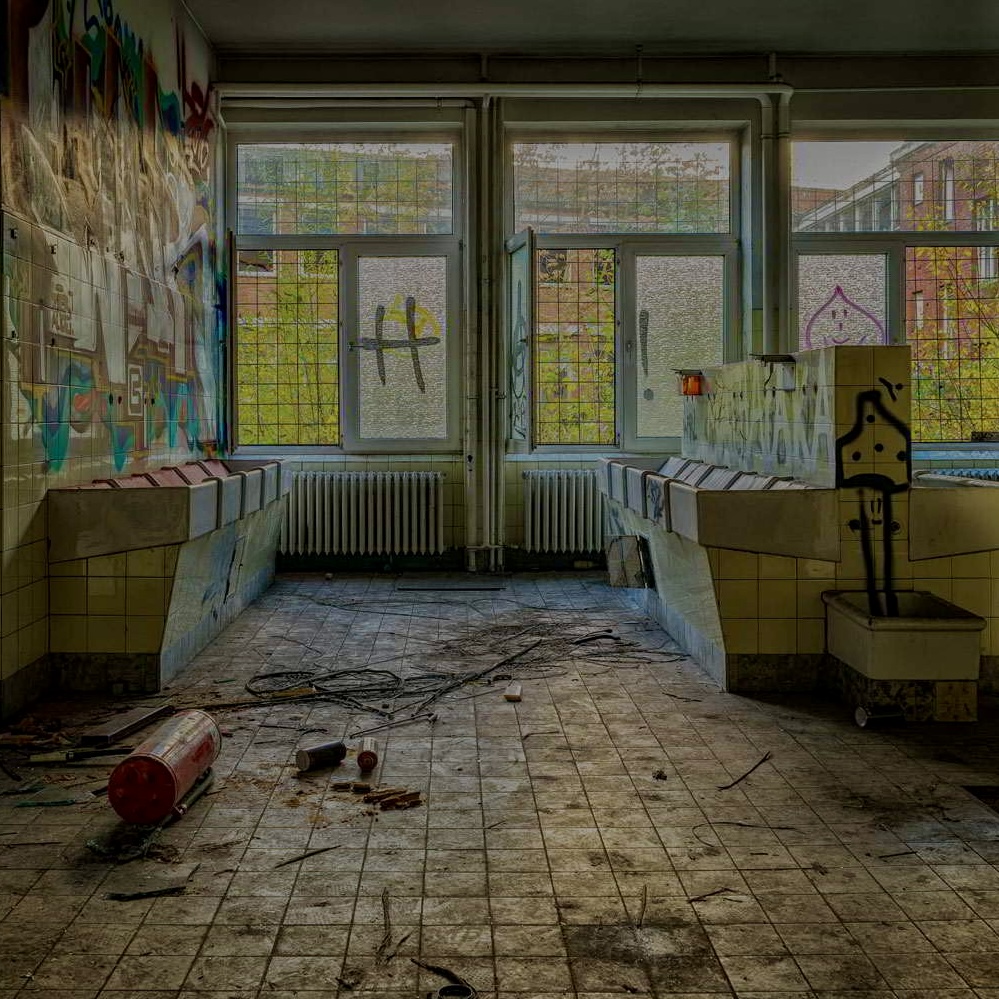
Arcadia es un centro con varias salas de escape de diferentes temáticas para todos los públicos y bastante divertidos. El gamemaster ayuda a hacerte sentir como en casa. Es una opción de plan diferente para pasar un buen rato en vuestra visita a Sevilla.
📍 C/ Virgen de Montserrat, 12 📍 C/ Ardilla, 8 📍 C/ Fernando IV, 5
Imprescindibles de Sevilla en el mapa📍
Reflexiones finales

Tras este nuevo viaje a Sevilla he descubierto que cada visita es distinta y que merece la pena ir cada cierto tiempo para refrescar la experiencia. Esta ciudad da para mucho y he encontrado un aire renovado, siento que me han quedado muchos sitios y rincones por disfrutar. Pero también he aprendido que Sevilla es una ciudad para descubrir poco a poco, sin prisas, dejándote llevar por el ambiente y la alegría local.
Sé que volveremos pronto, y os animo a los que aún no la conozcáis a incluirla dentro de vuestro viaje a España porque sin duda os va a dar un matiz muy diferente respecto a cualquier otra gran capital como Madrid a Barcelona.
Espero que hayáis disfrutado de este paseo por la capital andaluza, me gustaría conocer cuáles son vuestros rincones preferidos y sobre todo que me chivéis nuevos sitios para tapear… os leo en comentarios! 👀
Hasta el próximo post 🫶
xxx
E

They say that Seville cannot be explained, you have to live it because it has a unique soul. And maybe they are right, it is a city that surprises you with a thousand special places and a peculiar mix of cultures. In this post I have proposed to try to reflect some of its greatest charms, taking advantage of the fact that in February we were able to visit it after many years and discover how this ancient city has managed to renew itself and adapt to new times without losing character … Will you join me?

TIPO DE VIAJE
En pareja
Escapada
Por libre/ no organizado
Cultura, gastronomía y ocio

CUÁNDO
Estación: Invierno
Duración: 4 días
Fecha: Febrero
Clima: 15-20º

INFO ÚTIL
Idioma: Castellano
Moneda: Euro
Pago: efectivo, tarjeta
Cajeros: si
Transporte: tarjeta TUSSAM con posibilidad de recarga univiaje, multiviaje, tarjeta turística de 1 o 3 días y tarjeta especial aeropuerto.

CÓMO LLEGAR
En tren: estación Sevilla Santa Justa
En avión: Aeropuerto Internacional de Sevilla San Pablo, a 10 kms. de la ciudad
En autobús: Estación de Autobuses de la Plaza de Armas, con servicios metropolitanos, interurbanos, regionales, nacionales e internacionales
Moverse por Sevilla: Bus, Metro, Tranvía, servicio de bicicletas público, taxi
Why Seville?
Seville is one of the top destinations in Europe and one of the most visited cities in Spain for a peculiar mix of ingredients that make it different and special: the art that permeates its streets, the passion of its people, its culture and history, its climate, its tapas and gastronomy… everything comes together in a lively, vibrant, surprising, fun city with endless possibilities, whatever type of traveler you are, you will not be disappointed!
Internationally it is popular for its flamenco art, its traditional Semana Santa and processions, the colorful Feria de Abril and its bullfighting scene. But Seville is that and much more, on this trip I have discovered a city full of color, flavor and fusion where the traditional is organically intermingled with the modern and where walking through its streets you discover much more than monuments and history.



SEMANA SANTA & FERIA DE ABRIL
They are two great iconic events of Seville, but also very different from each other.The Semana Santa is lived with enormous spiritual fervor. It takes place between Palm Sunday and Easter Sunday and during those days the city turns with dozens of brotherhoods that walk the streets to the sound of the singing of the saetas. Living this experience is one of the things that is worth doing at least once in a lifetime even – whether you are religious devotees or not – for its spectacularity and emotion: the silence and contained devotion, the candlelight, the smell of incense, the intensity of the multitudinous «madrugá». … is something unique, mystical and unrepeatable, and even each procession is experienced in a different way: for example, in the procession of the Christ of the Great Power there is a great solemnity and introspection, while in the procession of the Macarena it overflows with emotion. If your intention is to be in Seville during Holy Week, I recommend that you book your trip well in advance and plan well which processions to attend.
The Feria de Abril, however, is a burst of color and joy. A real madness to have fun, dance, eat, drink and enjoy. Andalusians gather at the fairgrounds from the night of the «alumbrao» (which many live with even more excitement than New Year’s Eve), when all the lights of the fair are turned on to begin a week of non-stop celebration in which fried fish, flamenco, parties in the more than a thousand booths of the fairgrounds, lanterns and horse-drawn carriages are the protagonists. The fair is celebrated from the second Sunday after Easter until the following Saturday: this year it will be held between April 14 and 20, with the famous «pescaito dinner» to inaugurate it on the 13th. If you dare to go to Seville during the fair, you should know that many of the casetas are private and can only be accessed by invitation, but there are also public casetas (municipal and union casetas, solidarity casetas and even a caseta specifically aimed at tourists) where you can enjoy the lively atmosphere, music, dancing and Andalusian gastronomy.
Best time to travel
Spring is the time when Seville is in full splendor: it is not too hot, the city is filled with the color of flowers and the most typical big events of the city begin (Semana Santa, Feria de Abril). However, I have always avoided these big dates because of the overcrowding and because it is practically impossible to find accommodation or a place to eat. I think it is much better to enjoy it just before spring begins (late February-March) or when the oppressive summer heat begins to subside (around October). In these dates you will be able to enjoy the walks much better, have more relaxed tapas and you will have more options to choose both area and type of accommodation for your stay.
How to get there
Seville is very accessible for both national and international tourists. One of the most comfortable ways to get there is by train, to the Santa Justa Station, as it has High Speed. From Madrid the journey takes only two and a half hours, or from Valencia about four hours. Many foreigners choose to take the train in Madrid Atocha (direct connection to Barajas airport) and include Seville in their trip to Spain for its accessibility.
Seville airport operates mainly domestic flights, but more and more international destinations are being added (currently there are connecting flights to Holland, Germany, Italy, Poland, Ireland, United Kingdom, Sweden, Switzerland, Portugal, France, Czech Republic, Malta and Morocco). From Seville airport to the city center there are only 10 kms. and in addition to the car or cab there is a bus line that in 30 minutes arrives at the Plaza de Armas for a cost of 4 € per person.
Getting around Seville
Although walking aimlessly for me is always the best way to discover the ins and outs of a city, it should be noted that Seville is very well connected by public transport. You have different options and alternatives:
- City bus, with about 50 lines to travel around the city. The cost of a single ticket is 1.4 € and is purchased on the bus itself, but there are also rechargeable cards and tourist cards for 1, 3 and 30 days.
- Metro: there is only one line operating between the municipalities of Mairena de Aljarafe, San Juan de Aznalfarache, Seville and Dos Hermanas. It is divided into three sections/fares or «hops» (0 hops = 1.35 single and 2.70 round trip, 1 hop = 1.60 single and 3.20 round trip, 2 hops = 1.80 single and 3.60 round trip), and there are also 1-day passes for 4.5 euros.
- Metro-centro/tram: it runs through the city center and pedestrian streets, has only 5 stops and its fares/tickets are the same as those of the buses.
- Public bicycles and electric scooters: Sevici has both weekly and annual passes and the first half hour of use is free. Voi rents scooters or bicycles for €0.22/minute.
- Finally, there are several cab companies with fares regulated by the City Council.
Accommodation in Seville
The offer in Seville is extensive and ranges from very cheap pensions and hostels to luxurious hotels or small boutiques with a lot of character. We chose to stay in the Nervion area because of its proximity to the train station, but I would definitely recommend the old town / Santa Cruz or Triana neighborhoods as the best places to walk to most places of interest.

- OLD TOWN AND SANTA CRUZ NEIGHBORHOOD: around the Cathedral and the commercial area you have good alternatives such as the impressive boutique hotel Casa del Poeta with its beautiful Andalusian patio for more comfortable budgets or the Hostal Callejón del Agua or the Pensión Córdoba if you are on a tighter budget.
- TRIANA: one of the most luxurious hotels in the area is the Eurostars Torre Sevilla, but there are very interesting mid-range and budget alternatives such as the Hotel Monte Triana, the Hotel Zenit Sevilla or the Pensión Casa Pureza.
- NERVIÓN: the area concentrates good hotels such as the Meliá Lebreros or the Hotel Alcázar next to the Jardines de Murillo.
- OTHER CHARMING ACCOMMODATION: El Rey Moro Boutique Hotel, Joya del Casco Boutique Hotel, EME Catedral or Las Casas de la Judería.
- AIRBNBS: Villa Alfonso (up to 14 people), Loft (up to 6 people), Loft in a typical Sevillian house (2 people).
Our hotel
We stayed at the Hesperia Sevilla because we were looking for something more or less close to Santa Justa. It was relatively close to the center (about 10-15 mins. walking), but it also had a metro stop right outside the door in case we didn’t feel like walking. The hotel was recently renovated in a very colorful and modern style, and had a terrace, swimming pool, access to the Metropolitan gym and a restaurant called Barbarita. We found it quite comfortable, the room was spacious and the breakfast buffet very complete, so it is a highly recommended accommodation if you do not want to stay in the center of Seville. As an added bonus, it is located next to the Nervión Plaza shopping center and next door there are several interesting tapas bars that I will tell you about a little further down.
📍 Eduardo Dato Av. 49, Sevilla
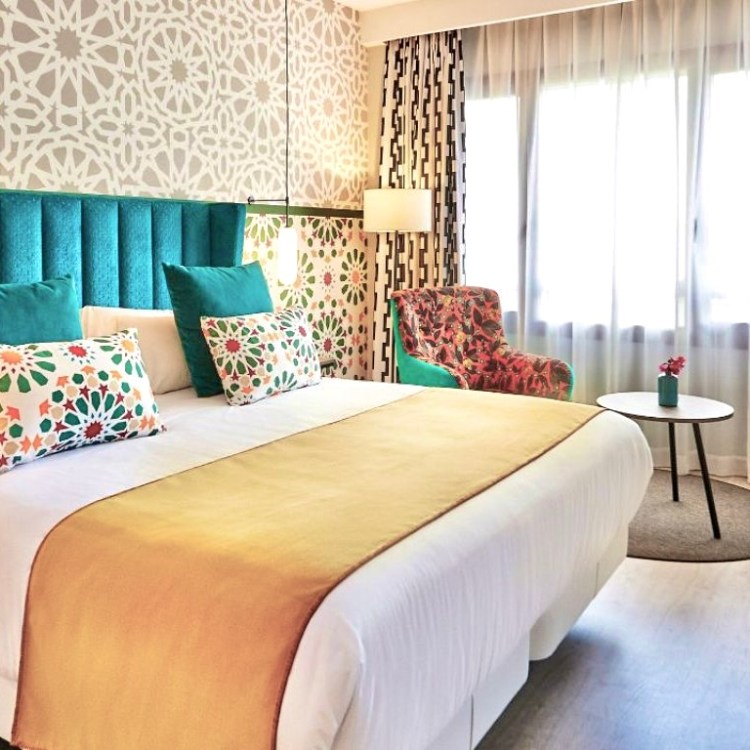

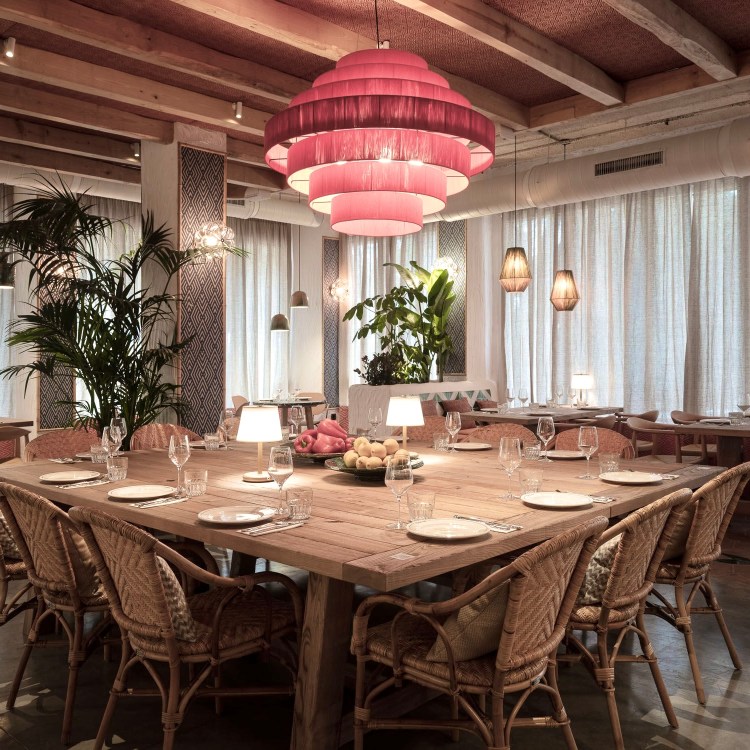
What to see in Seville – 4 days route
3 or 4 days are enough to get to know the most important places in Seville and also to enjoy its leisure and gastronomy. I propose a route to squeeze them to the fullest:
Day 1: Old Town, Santa Cruz and Plaza de España
Visiting the Cathedral and the Giralda, the Real Alcazar, Plaza del Cabildo, the Jewish quarter and the Archivo de Indias to finish with a walk through the Maria Luisa Park and the impressive Plaza de España.
Day 2: Guadalquivir, Torre del Oro, Triana, Arenal & Maestranza
Walk along the Guadalquivir river (or boat tour), going up to the Torre del Oro and crossing the Isabel II Bridge to Triana, and then visiting the Arenal neighborhood with the Maestranza Bullring and the nearby market.
Day 3: Las Setas viewpoint, Macarena & Alameda
Climb to the avant-garde Mirador de las Setas for a 360º view of the city, visit the Encarnación Market, pass by the Palacio de las Dueñas, the Alameda neighborhood and the Santa María Macarena Parish.
Day 4: Cartuja island or the Romanesque city of Italica
If you have an extra day, you can cross to the Isla de la Cartuja and enjoy the different buildings of the park or take an excursion to the ancient Romanesque city of Italica (located less than 10 kms. from Seville).
Old Town
The historic center is almost 4 kms. long and the best way to start getting to know it is to visit its gothic style Cathedral, going up to the Giralda tower. If you go from Monday to Friday between 14h and 15h the visit is free, otherwise the entrance costs 12 €. On your way out don’t forget to pass by the Plaza del Cabildo, one of the places I liked the most in Seville: a semicircular square hidden in front of the cathedral where you can breathe calm and peace (you can access through the buildings that form it, facing the streets Arfe, Almirantazgo and Avda. Constitución). Finally, the Real Alcázar with palaces of different eras from the Almoravid to the Gothic in which highlights the Mudejar Palace (entrance 13 €) and the Archivo de Indias 1 minute from the Real Alcázar with the Capitulations of Santa Fe between Christopher Columbus and the Catholic Monarchs (free admission without guide).





Maria Luisa park and Plaza de España
Maria Luisa Park is the great green lung of Seville and is a huge enclosure dotted with gardens, ponds and even a mountain (Mount Guru). We did not walk the entire park but it is a nice break between monument and monument to sit in the shade and rest. After regaining strength, the highlight of the visit to Seville is to walk around the impressive Plaza de España: a 50,000m2 semi-elliptical square crossed by a canal that symbolizes Spain’s embrace of its former American territories and around which there are iconic ceramic benches representing all the provinces of Spain. We went at sunset and the light was spectacular. Simply indispensable.
Guadalquivir river and Torre del Oro
Strolling along the banks of the Guadalquivir or touring the river by boat with a tour is another highly recommended plan in Seville. The route will end up taking you to the Torre del Oro, another of the great symbols of the city. The tower is about 30 meters high and combines different architectural styles, Almohad and Christian. Do not forget to go up to its viewpoint to admire the views of the river and the city (3€ entrance fee).
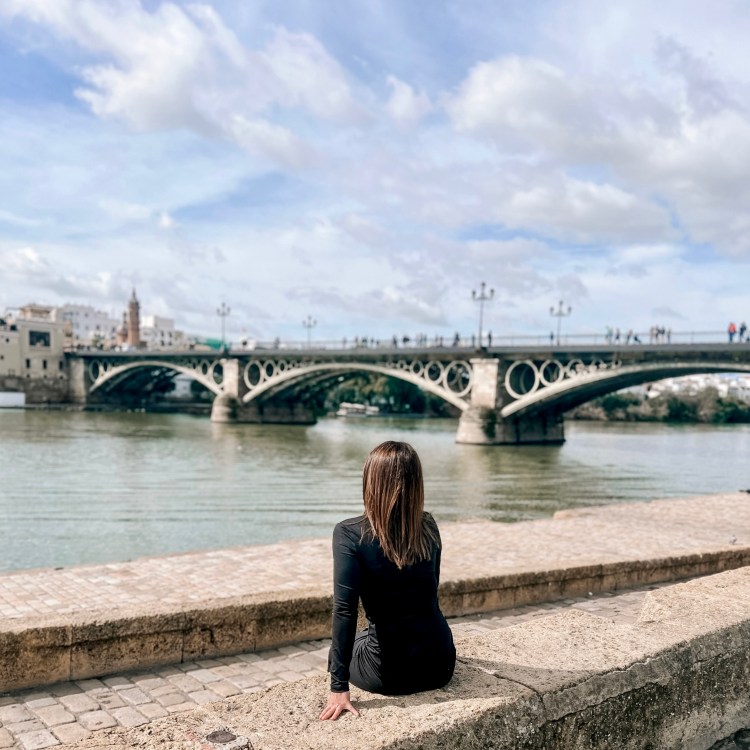

Triana
Crossing the famous Isabel II Bridge (also known as Puente de Triana), you will arrive in this mythical Sevillian neighborhood, cradle of singers and dancers. In this neighborhood I recommend you to let yourself be carried away by its streets (the most iconic are the streets Rocio, Pureza, Betis and San Jacinto) and stop for a drink in one of its bars and terraces. Some places of interest in the area are the Capillita del Carmen, the Ceramics Center, the Triana Market, the alley of the Inquisition or the Castillo de San Jorge, as well as legendary tapas places like Las Golondrinas, Maria Trifulca, Blanca Paloma or the Albacería el Mercader de Triana.
The Maestranza bullring
In the Arenal neighborhood, we find the mythical Maestranza, the oldest bullring in Spain and one of the most visited monuments of the city. You can enter the bullring for an entrance fee of 10€, and you can take a tour of the bullfighters in each bullfight, seeing the Patio de los Caballos, the Chapel of the bullfighters, see the bullring from the ring and visit the museum. All the info here.
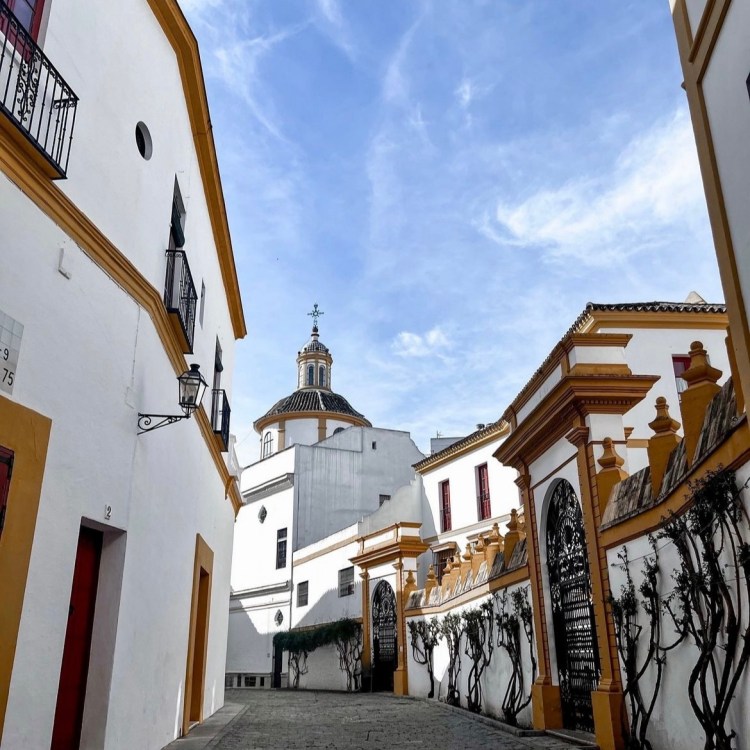
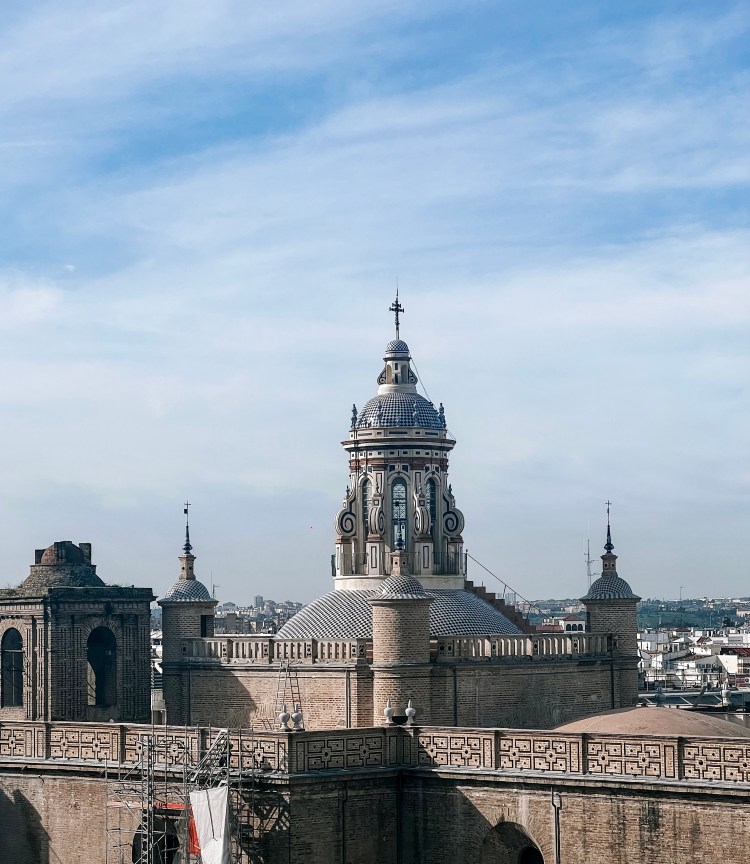
Las Setas viewpoint and the Encarnación market
I saw this place on this trip and the truth is that it impresses. It is a modern wooden structure of 5 heights that ends in a viewpoint floor with a winding walkway with 360º views of the city. The stamp is curious to combine an avant-garde structure with the traditional stamp of Seville in the background, highlighting the dome of the Church of the Annunciation and even the bridge of the Cartuja in the distance, making it a very photogenic and visited place. There are different entrance fees and experiences, but only going up to the viewpoint has a price of 10 €. At the end, you can take the opportunity to stroll around the lively stalls of the Encarnación market.






The Alameda, Palacio de las Dueñas and Santa María de la Macarena
The Alameda is the most bohemian and open neighborhood of Seville, the trendiest neighborhood in the city. Its long Avenida de Hércules is pedestrian and it highlights the two famous columns of Julius Caesar, brought from the Romanesque site of Italica, or the Casa de las Sirenas (Romanesque mansion). Near one end of the Alameda we find the Palacio de Dueñas, belonging to the House of Alba, and just at the opposite end we reach the Barrio de la Macarena with its famous Basilica de la Macarena which houses the carving of the Macarena, one of the most revered of Seville.


Cartuja island
The Isla de la Cartuja area was the site of the 1992 Universal Exposition and later became a Science and Technology Park. Today it preserves 52 pavilions in good condition (some very beautiful and photogenic as the Kuwait, Morocco, Europe or Chile), the Rocio Jurado Auditorium, the Olympic Stadium, and has theaters such as the Central Theater and the Cartuja Center. It also has a large park called El Alamillo. There are several bridges that communicate the island with the city and buses (C1 and C2) to get there. Once there, you can see the Triana Tower inspired by the Castle of San Angelo in Rome, the French Lyceum, the Torre Sevilla or Pelli skyscrapers or the Cartuja Monastery.
Italica
If you fancy a day trip, about 7kms. north of Seville is the ancient Roman city of Italica founded in 206 BC and is easily accessible by taking the M 170-A bus from the Plaza de Armas. The site has become even more popular as one of the settings for Game of Thrones: its amphitheater helped recreate the Dragon Pit of King’s Landing. Guided tours are available for 21€ (without transport) and 39€ with transport. More info here.

Eating in Seville
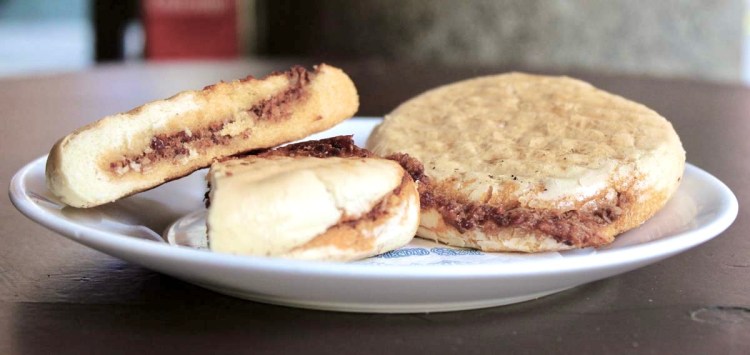
Enjoying Sevillian tapas is a must almost as important – or more 😜 – than visiting any of the city’s monuments. Going out for tapas is a must and experiencing the deep-rooted tapas culture in its bars and taverns is one of the best experiences of the trip, both gastronomically and socially (it’s a super lively, fun time and a great way to get to know the local customs). The places for tapas are endless and would not fit in a single post, but I can tell you about the most TOP in each specialty so you can choose your most interesting route for tapas and a little further down to tell you about the ones we liked the most:
THE MOST POPULAR TAPAS IN SEVILLE AND WHERE TO ENJOY THEM:
- Piripi (small sandwich with cheese, bacon, sirloin steak, tomato and mayonnaise): Bodeguita Antonio Romero.
- Pringá: Bodeguita Romero, Bodega Santa Cruz Las Columnas.
- Chickpeas with spinach: El Rinconcillo.
- Ham: Casa Román.
- Codfish: Codfish pavías from Casa Oliva or El Rinconcillo, codfish omelettes from Café Bar Huerta San Gregorio, Bodega Dos de Mayo.
- Cazón en adobo: Blanco Cerrillo, Freiduría del Arenal.
- Flamenquín: Bar Santa Marta, Casa Ricardo.
- Ensaladilla: La Alicantina, Bodega Santa Cruz Las Columnas, Bar Becerrita.
- Croquettes: Casa Ricardo.
- Mushrooms with ali oli: La Golondrina.
- Fried fish: Freiduría Puerta de la Carne.
- Chicharrones: Casa Morales, Bodega Díaz-Salazar, Taberna Álvaro Peregil.
- Snails: Pepe Cruz Brewery «Casa Pepito», Casa Diego, El Tremendo.
- Marinated anchovies: Blanco Cerrillo.
- Salmorejo: Casa Morales.
- Sirloin steak with whisky: Bar Rioja, Bar la Encina.
TAPAS ROUTES IN SEVILLA
Historic Center: Bodeguita Antonio Romero, Casa Morales, Cervecería La Giralda, Bodega Santa Cruz, El Pimentón, Bar Alfalfa.
La Alameda: El Rinconcillo, La Antigua Bodeguita, La Cacharrería, Abacería La Caleta, Casa Ricardo, Mercado de la Calle Feria.
Triana: Triana Market, Bar Cibeles II, Las Cuevas, Las Golondrinas, Blanca Paloma, Casa Diego, Abacería El Mercader de Triana, Bar Triana, María Trifulca.
Nervión: Bar Coli, Las Rehoyas, Taberna Blanco Martín, Carlos Alberto.
Our favorite places to eat in Seville
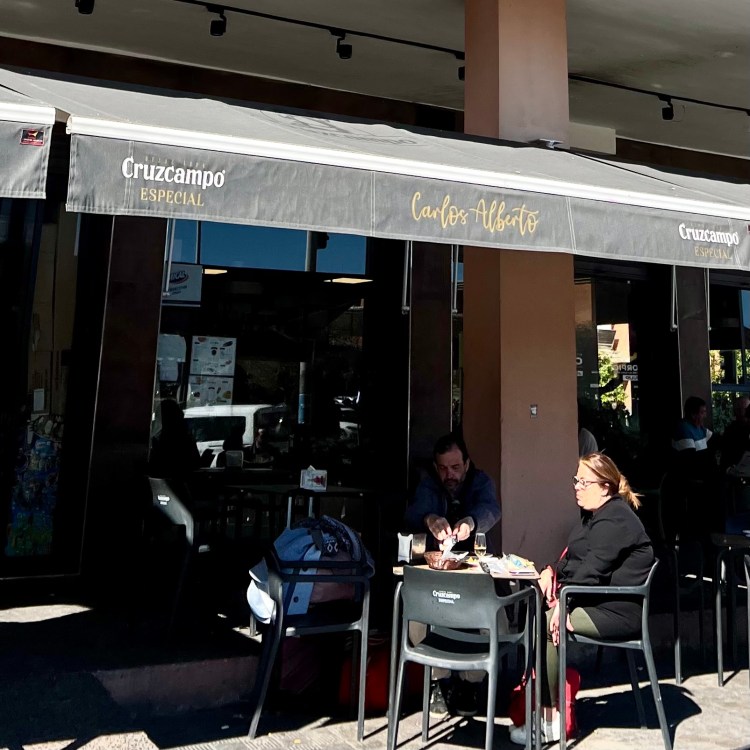
No matter how many times we visit Seville and try new places, this will always be THE BEST TAPAS BAR IN SEVILLE for us. Located in front of Santa Justa station it is a must stop both when arriving and leaving the city. Everything they have is incredible, the larded meat, the prawns, the lagrimitas, the salmorejo, the serranitos… but if you had to stay with something without doubt would be the sirloin with whiskey…. Try it and let me know! 😉
📍 José Laguillo Av., 30

A classic, lively and familiar place where one of the specialties is the Russian salad, we tried a tapa with a couple of cold beers and we loved it.
📍 Salvador square, 2

This beautiful charming bar near the Cathedral and overlooking the Giralda is striking for its vertical garden and window full of plants. Inside it has several lounges, one of them decorated with images of popular Spanish comics, and its original cuisine includes tapas such as Cantabrian anchovies with avocado pipirrana, beef burgers, falafel with hummus…
📍 Placentines Street, 25
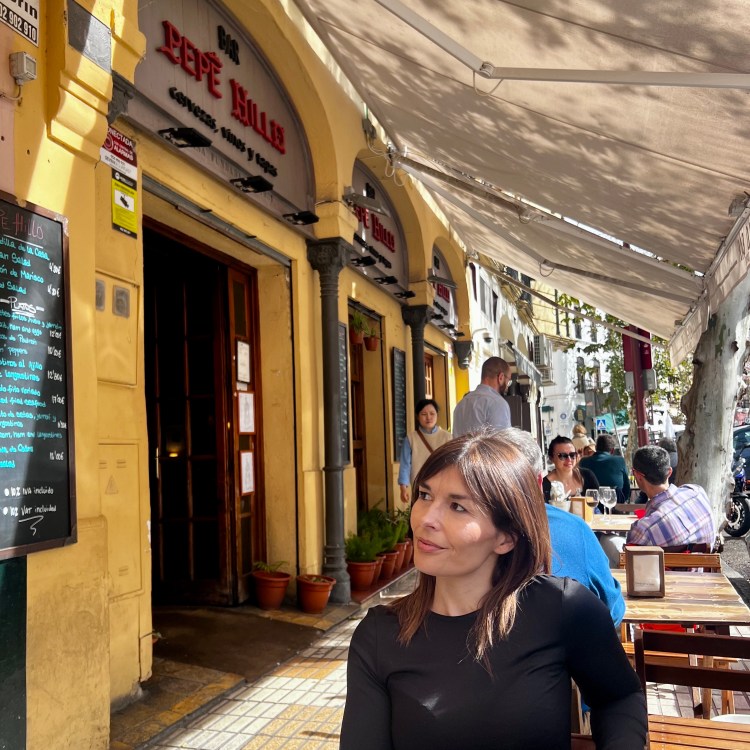
Right in front of the Maestranza Bullring in the Arenal neighborhood, this bar-restaurant with a long tradition, decorated between bullfighting and chic, is one of our great classics: you will have a hard time choosing between its cheeks, flamenquines, whisky omelette, sirloin steak with Pepe Hillo…
📍 Adriano Street, 24

This local restaurant is perfect for a break in Triana and enjoy a fresh beer or wine accompanied by some of its tapas ranging from the simplest to the gourmet: quality preserves, pork, eggs at low temperature, entraña… yes, with portions somewhat smaller than usual.
📍 Antillano Campos Street, 15
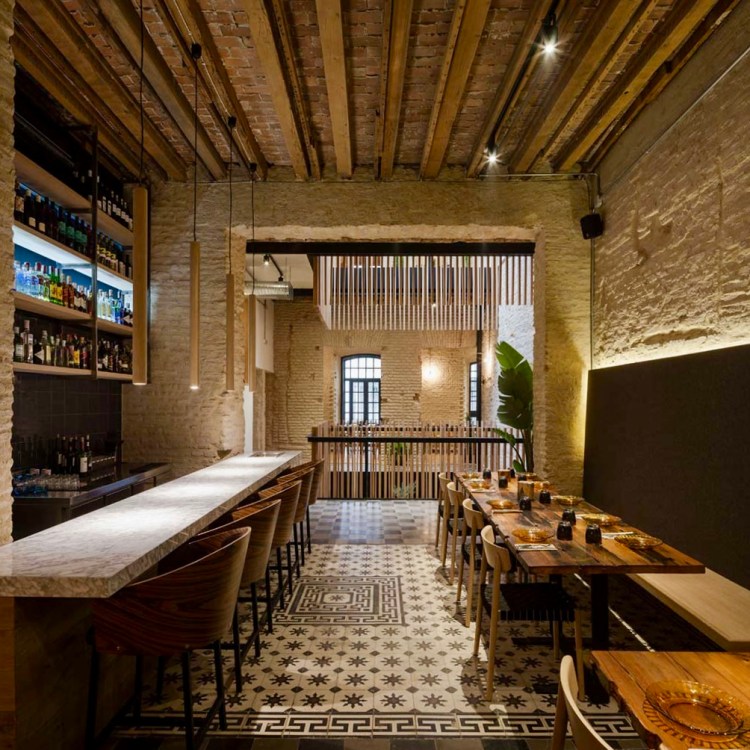
This bar-restaurant in the old town is ideal for snacking and in its menu you will find a little bit of everything, including original tapas or international cuisine. Its modern and industrial decoration and the orientation of its dishes make it an alternative to the typical traditional tapas bar.
📍 Arguijo Street, 3

In the Triana neighborhood, this popular tapas bar with a tile-decorated lounge stands out for its caballito de jamón (a slice of grilled ham on fried bread).
📍 Antillano Campos Street, 26
Leisure time en Seville
Between tapas, you will probably want to sit quietly on a terrace, have a cocktail, relax in a spa or enjoy the art of flamenco… here are my recommendations to enjoy the best leisure in the city:

If you are looking for a terrace with a good view of Seville and good atmosphere, EME is one of the best. You can have a drink while enjoying the Giralda in front of you, watch the sunset and extend the time until the night, taking some of their cocktails.
📍 Alemanes Street, 27

A beautiful place to relax doing one of its thermal circuits, enjoying a massage or simply enjoying the views of Seville from the rooftop pool in a Mudejar style palace house in the heart of Santa Cruz.
📍 Aire Street, 15
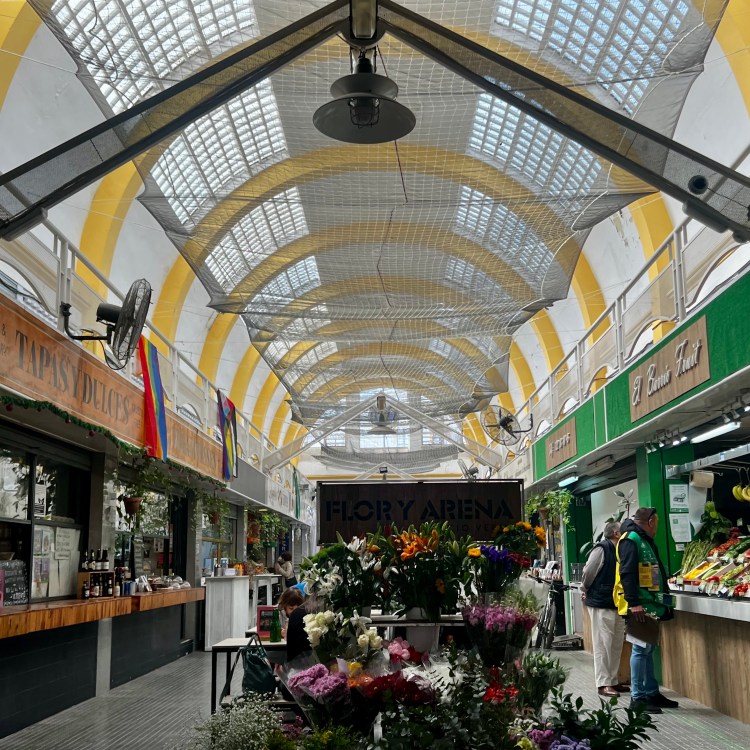
Visiting the local markets is the best way to get to know the cities, and Seville has several lively markets where you can not only shop but also socialize and eat tapas. The five most important are the one in Triana (just across the bridge), the one in Calle Feria, Lonja del Barranco, the Arenal Market next to the Plaza de Toros and the modern Mercado de la Encarnación in Las Setas.
📍 TRIANA: San Jorge Street, 6 📍 FERIA: Feria street, s/n 📍 LONJA DEL BARRANCO: Arjona street, s/n 📍 ENCARNACIÓN: Encarnación Square

Another rooftop terrace with views to enjoy Seville from above. They usually do flamenco concerts and you can book a table for 15€ with 1 drink included to enjoy them.
📍 Segovias Street, 6

If you like flamenco, the Tablao Baraka is one of the most popular and offers a traditional show with guitar, singing and dancing in the Triana neighborhood for 27€ with a drink, and optional lunch (13h) or dinner (19h and 21h). The show lasts 60 mins. at noon and 90 mins. in the afternoon-evening.
📍 Pureza Street, 107

A unique place on the banks of the Guadalquivir to have a drink or a cocktail on its outdoor terrace to the rhythm of R&B and Hip Hop music.
📍 Paseo de las Delicias, 3

A relaxing and nicely decorated place for the Sevillian evening and to have a drink or eat premium tapas or grilled. They have a creative tapas experience called «Seville in a box» that emulates a walk through Seville through 6 tapas accompanied by 2 «Galán» cocktails, for 40€ per person.
📍 Magdalena Square, 5

In this cocktail bar they say they don’t serve cocktails, they tell stories. There is a good atmosphere and good music, trying to recreate the vibe of the underground speakeasies of Chicago, seasoned with signature cocktails, artisan cakes and barista extraction coffees.
📍 Tomás de Ibarra Street, 9
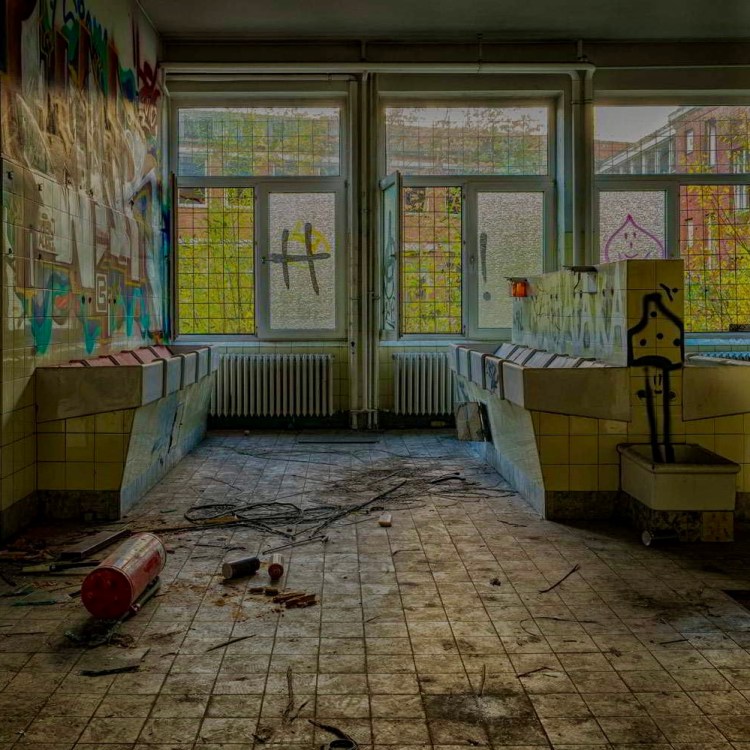
Arcadia is a center with several escape rooms of different themes for all audiences and quite fun. The gamemaster helps to make you feel at home. It is a different plan option to have a good time during your visit to Seville.
📍 Virgen de Montserrat Street, 12 📍 Ardilla Street, 8 📍 Fernando IV Street, 5
Seville must-sees on the map📍
Final thoughts
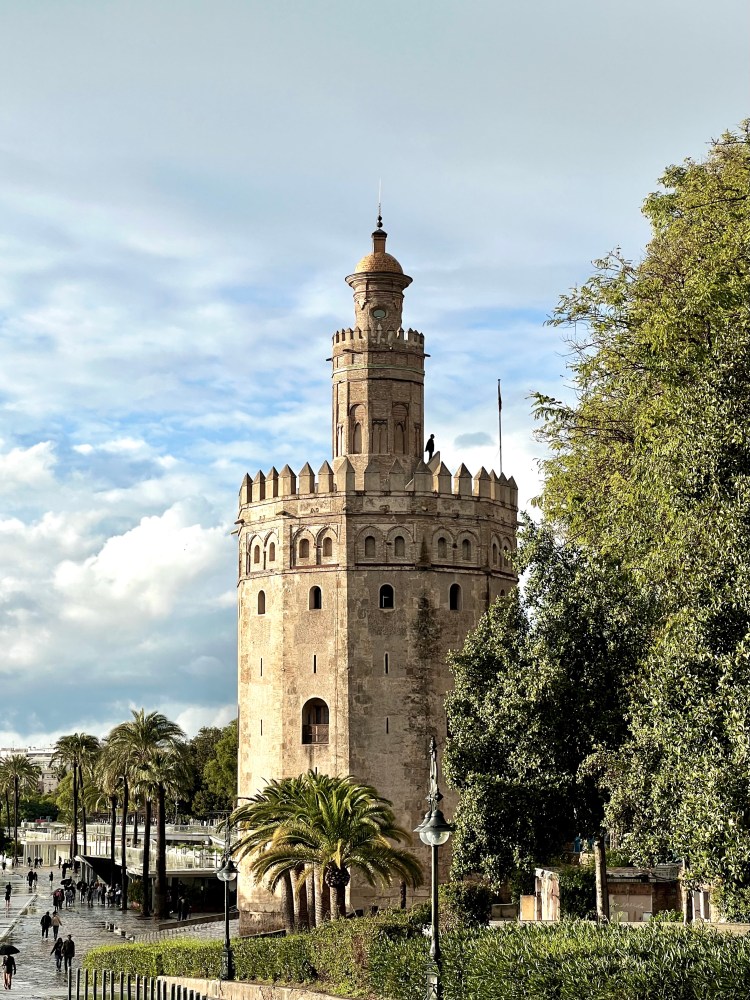
After this new trip to Seville I have discovered that each visit is different and that it is worth going every so often to refresh the experience. This city has a lot to offer and I have found a renewed air, I feel that I have left many places and corners to enjoy. But I have also learned that Seville is a city to discover little by little, without haste, letting yourself be carried away by the atmosphere and the local joy.
I know we will be back soon, and I encourage those of you who still do not know it to include it in your trip to Spain because it will certainly give you a very different nuance compared to any other big capital like Madrid or Barcelona.
I hope you enjoyed this walk through the Andalusian capital, I would like to know what are your favorite places and especially that you tell me new places for tapas… I’ll read you in comments! 👀
Until the next post 🫶
xxx
E
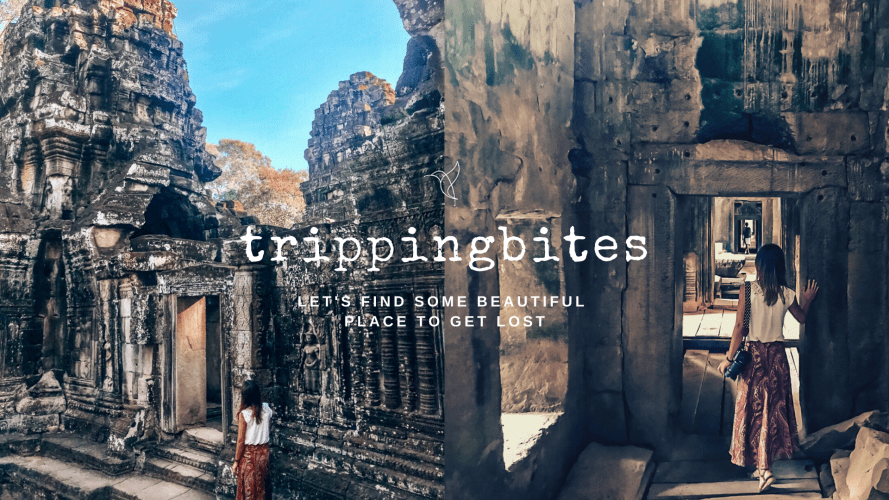
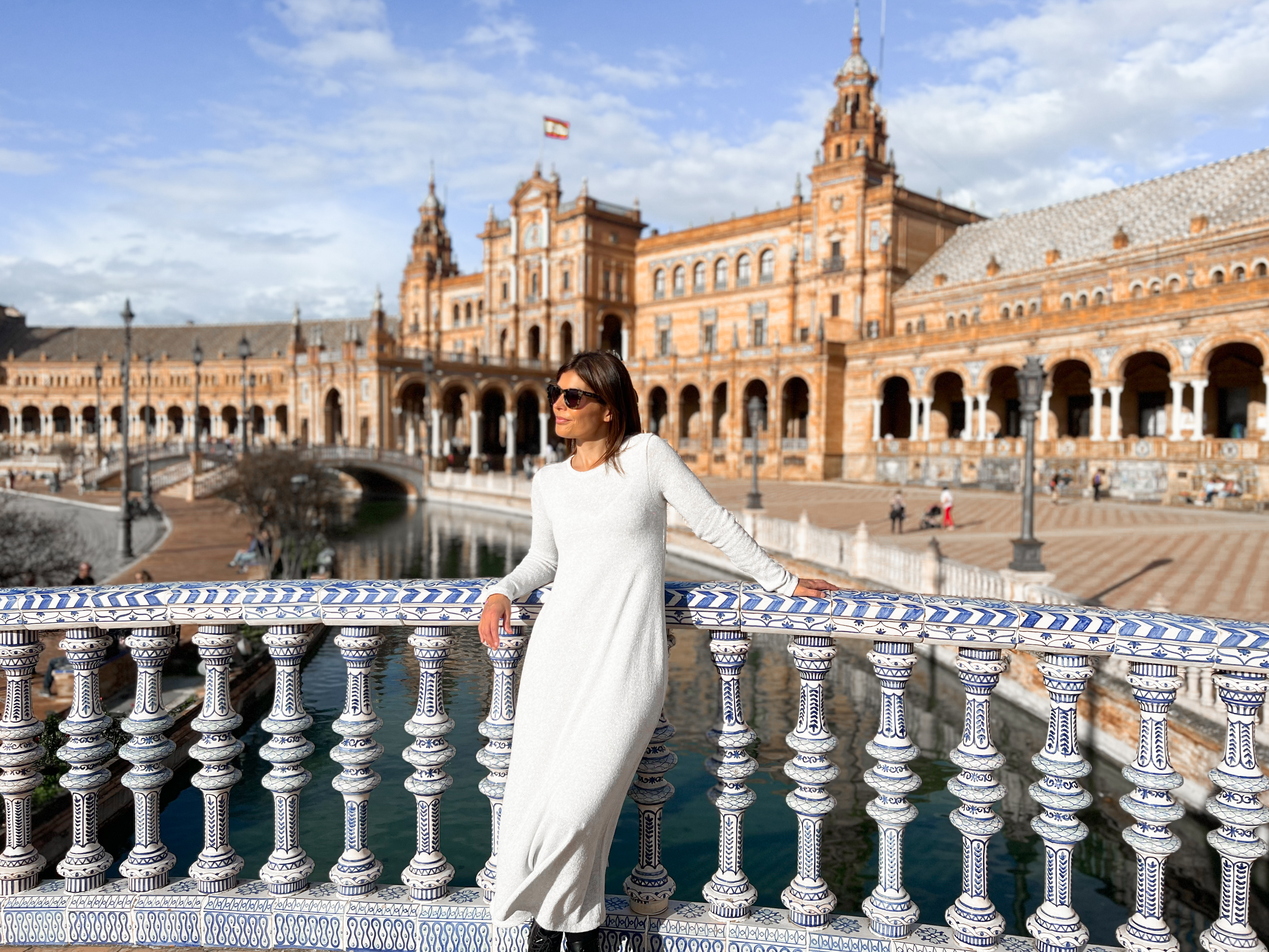
Anónimo
muy interesante el blog,ese tapeo Sevillano es especial,nos has dado muy buenas referencias… thks
Me gustaLe gusta a 1 persona